Erika Hock, Sihan Guo, Nicolás Lamas
Daytime Nighttime
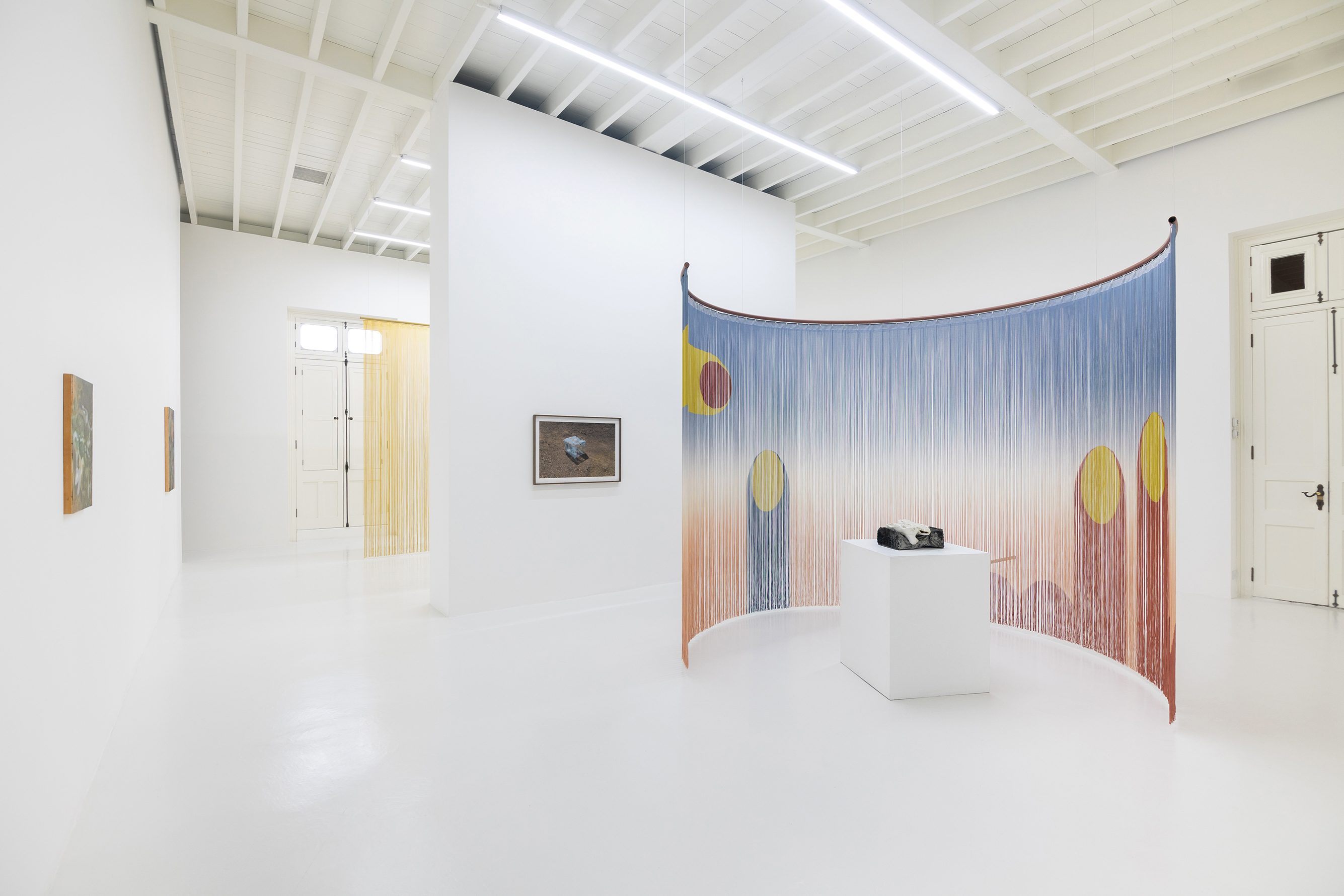
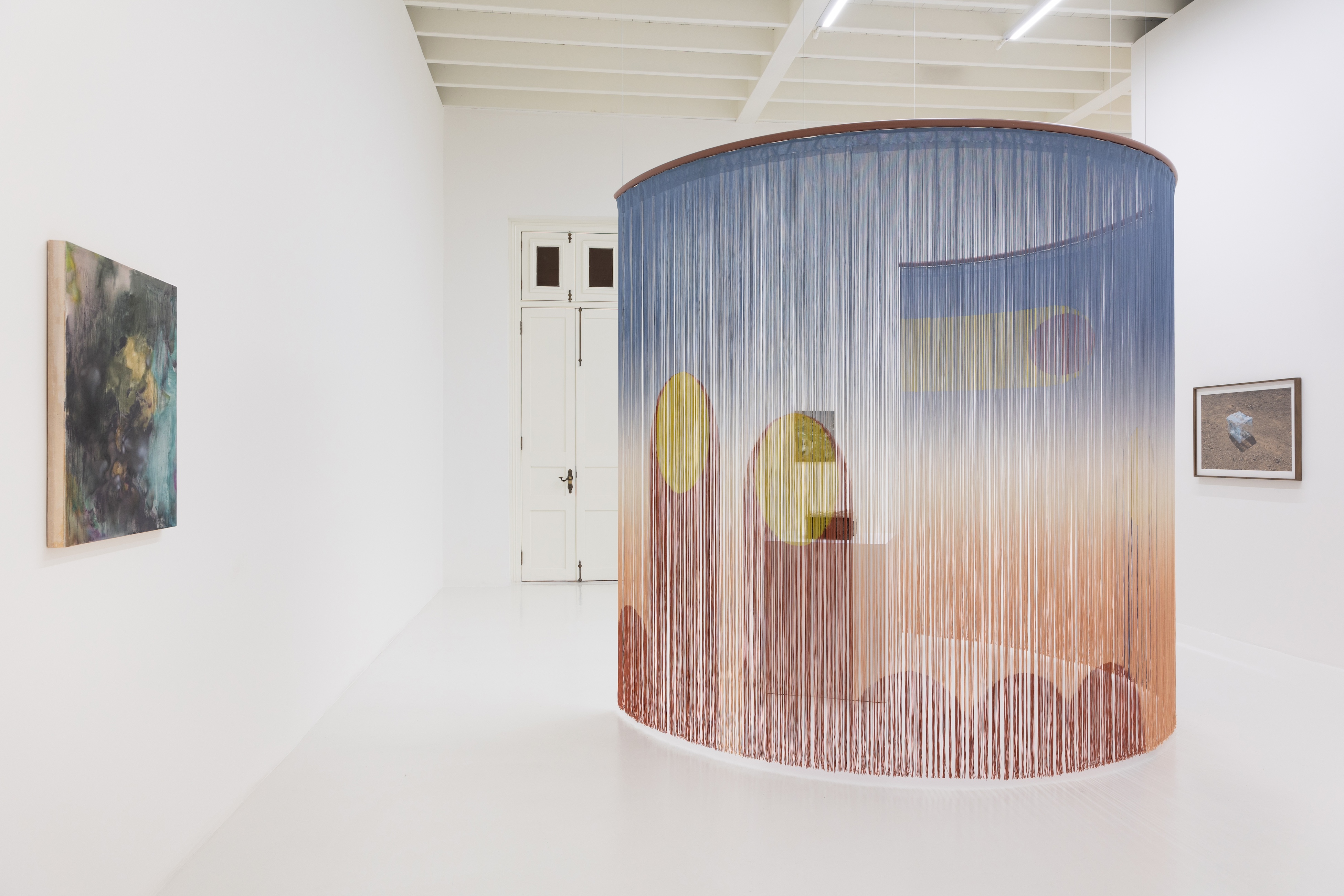
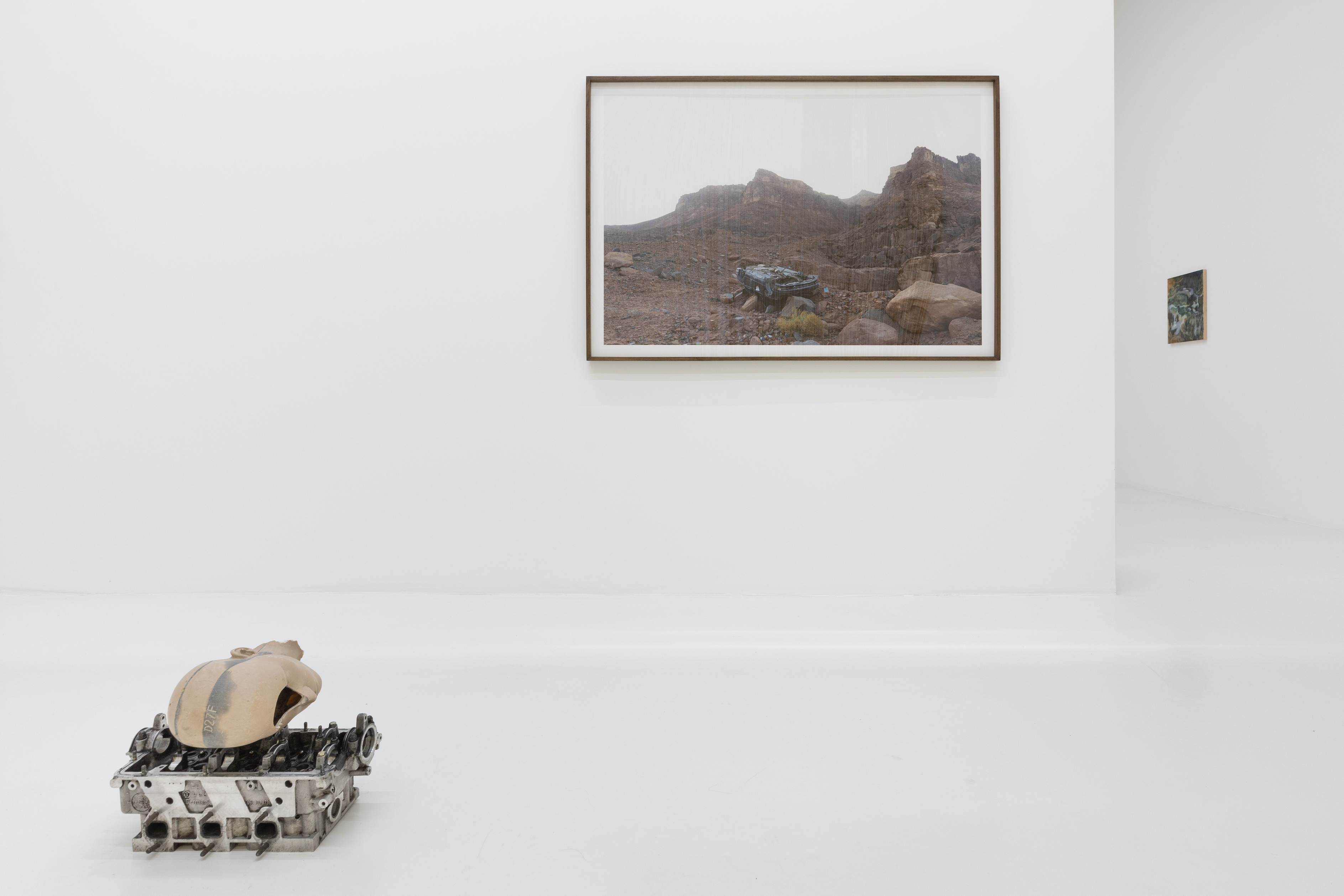
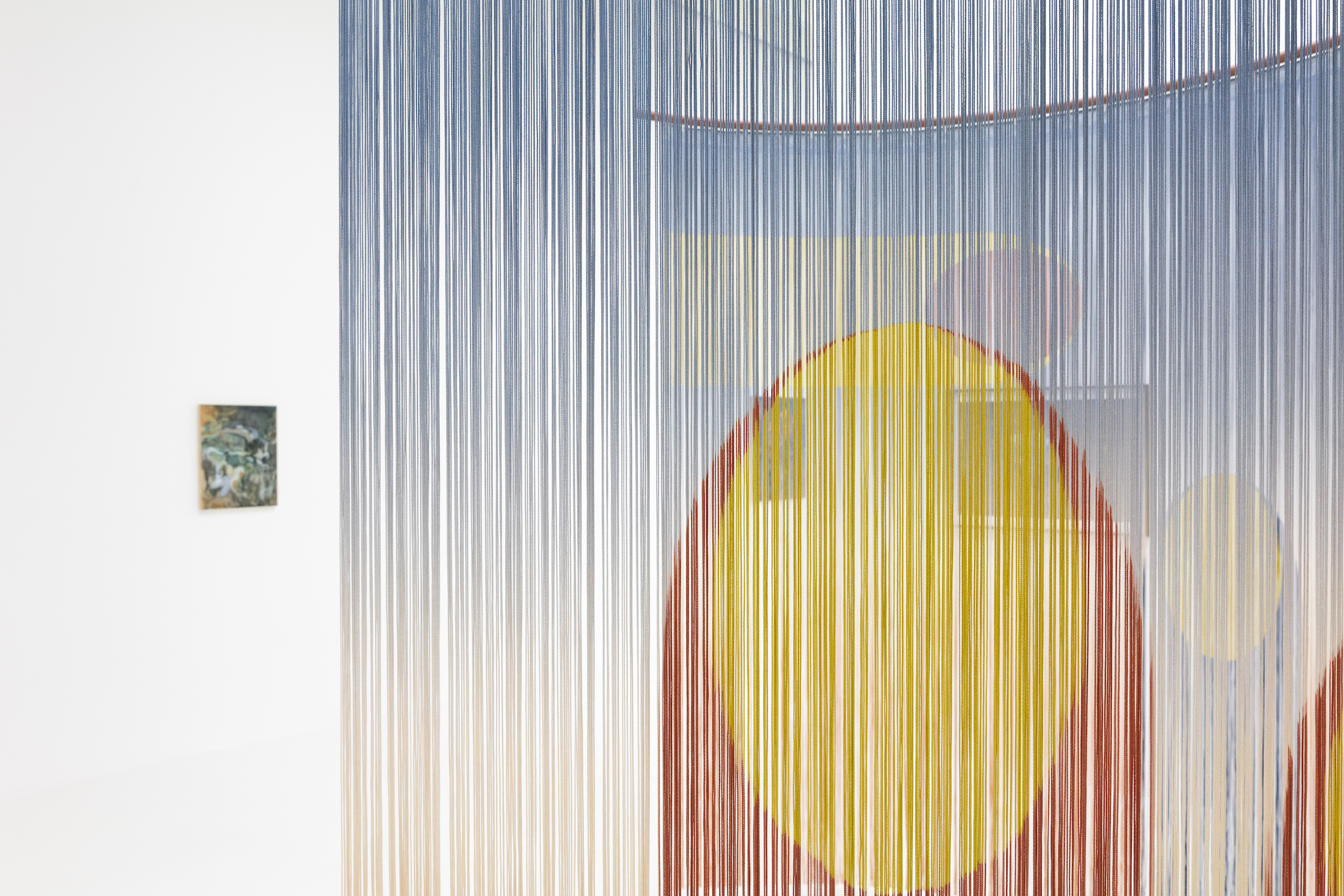
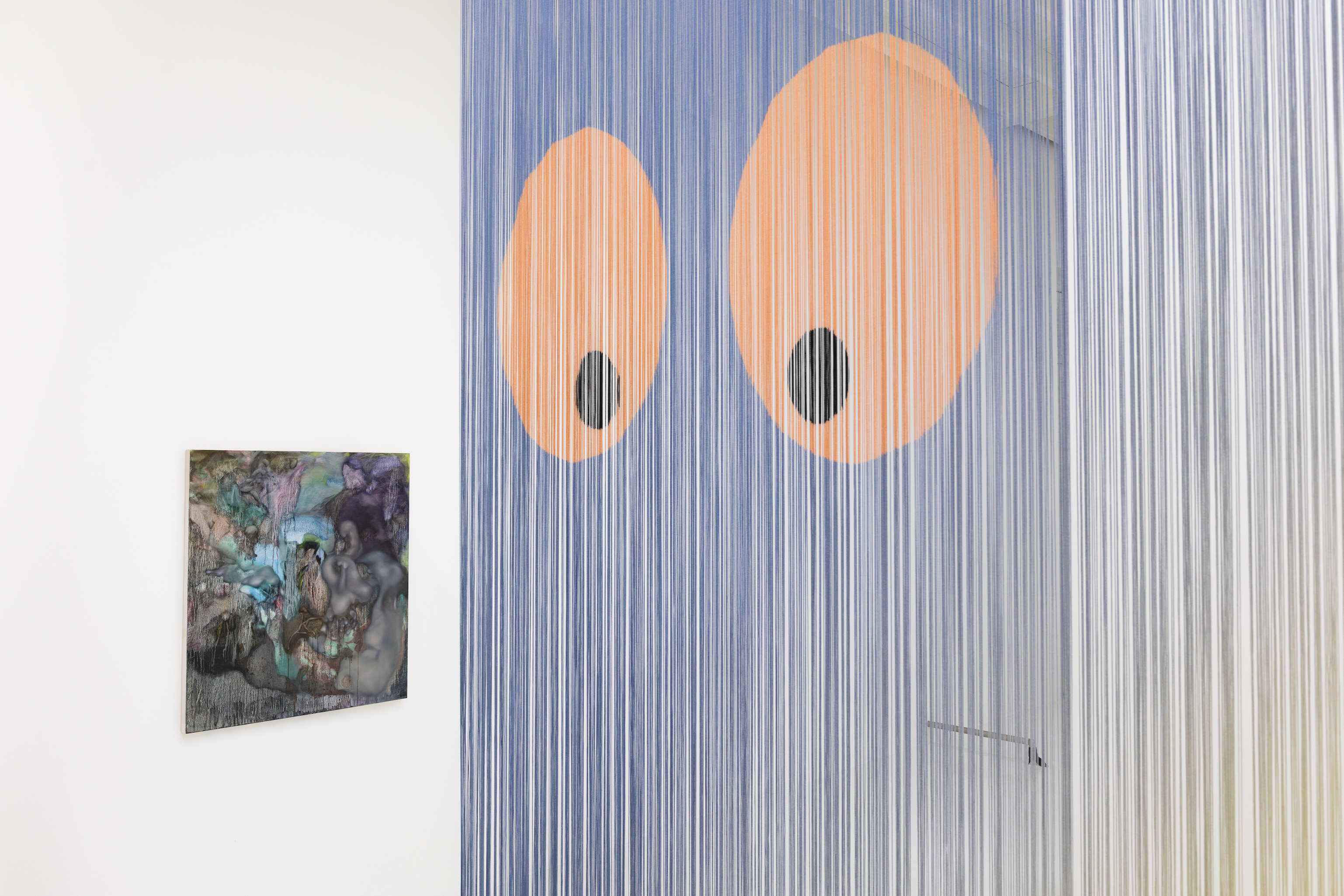
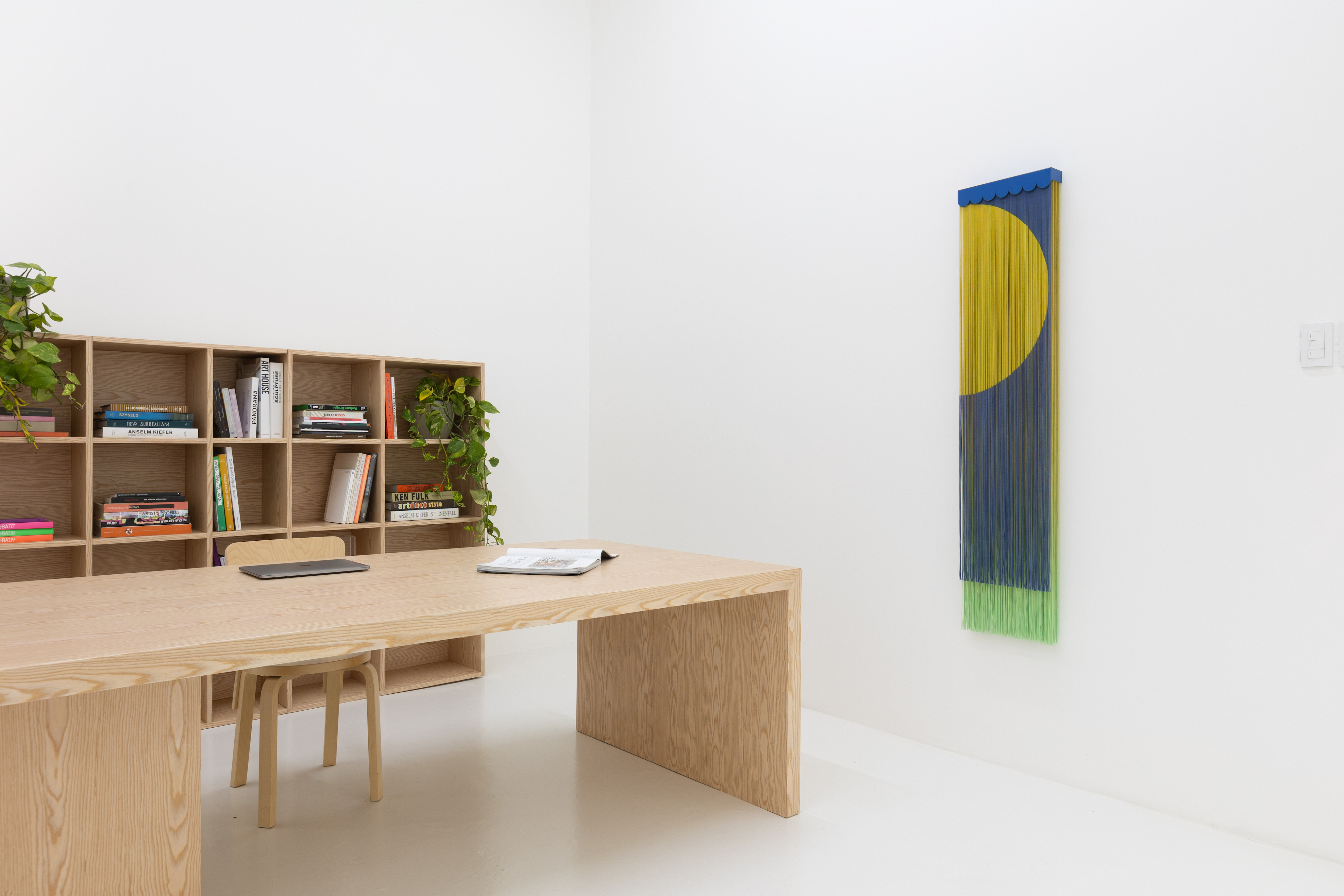
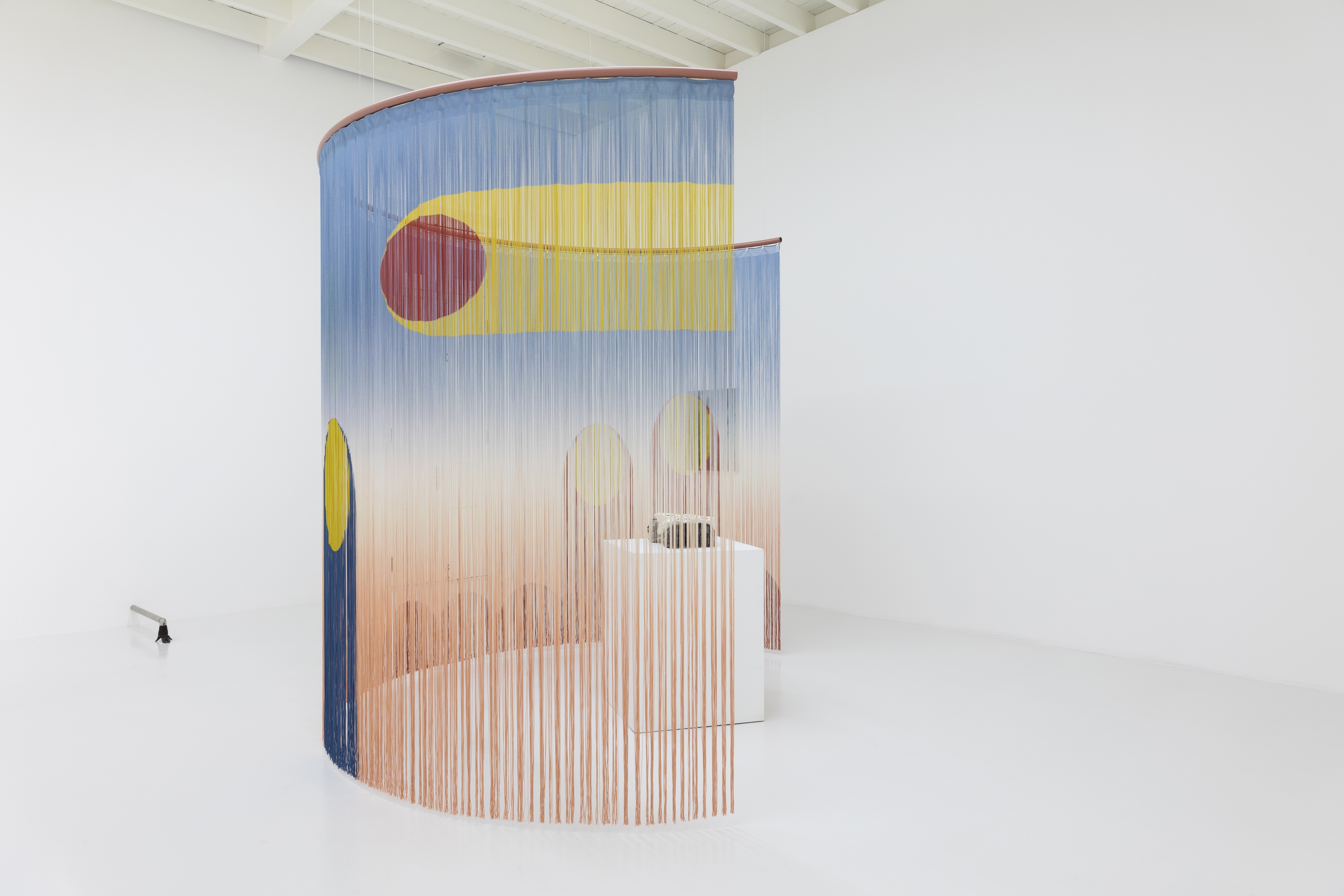
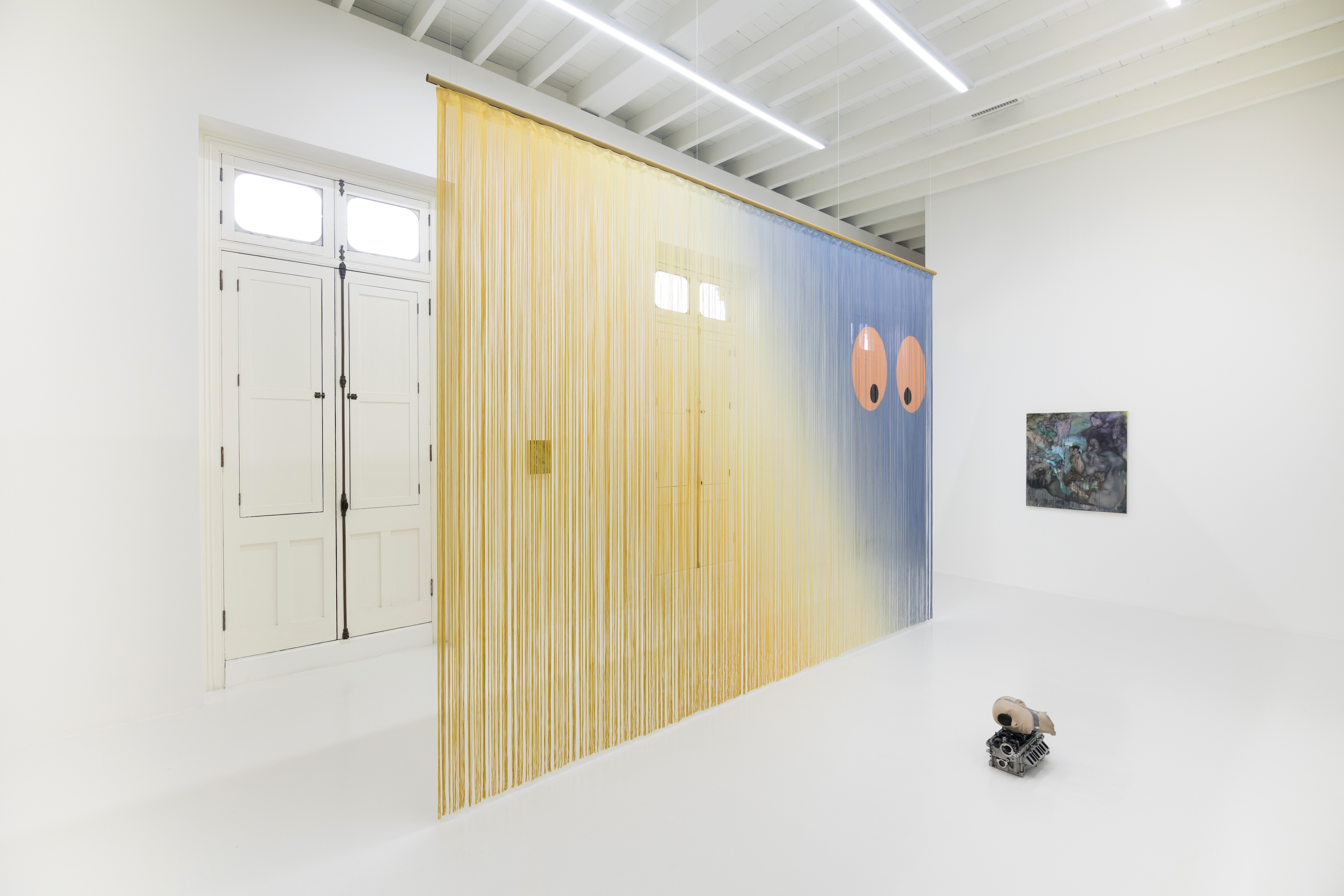
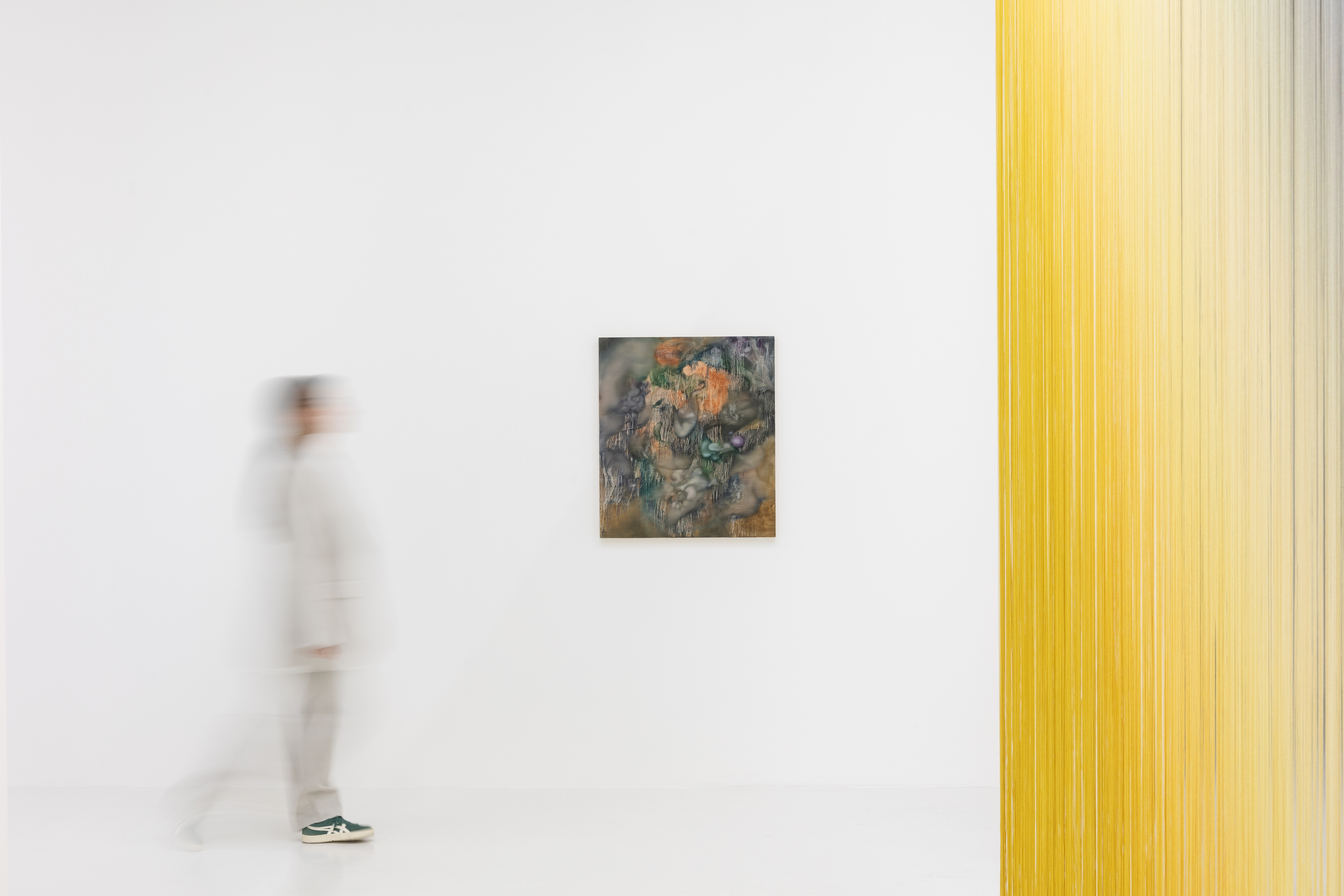
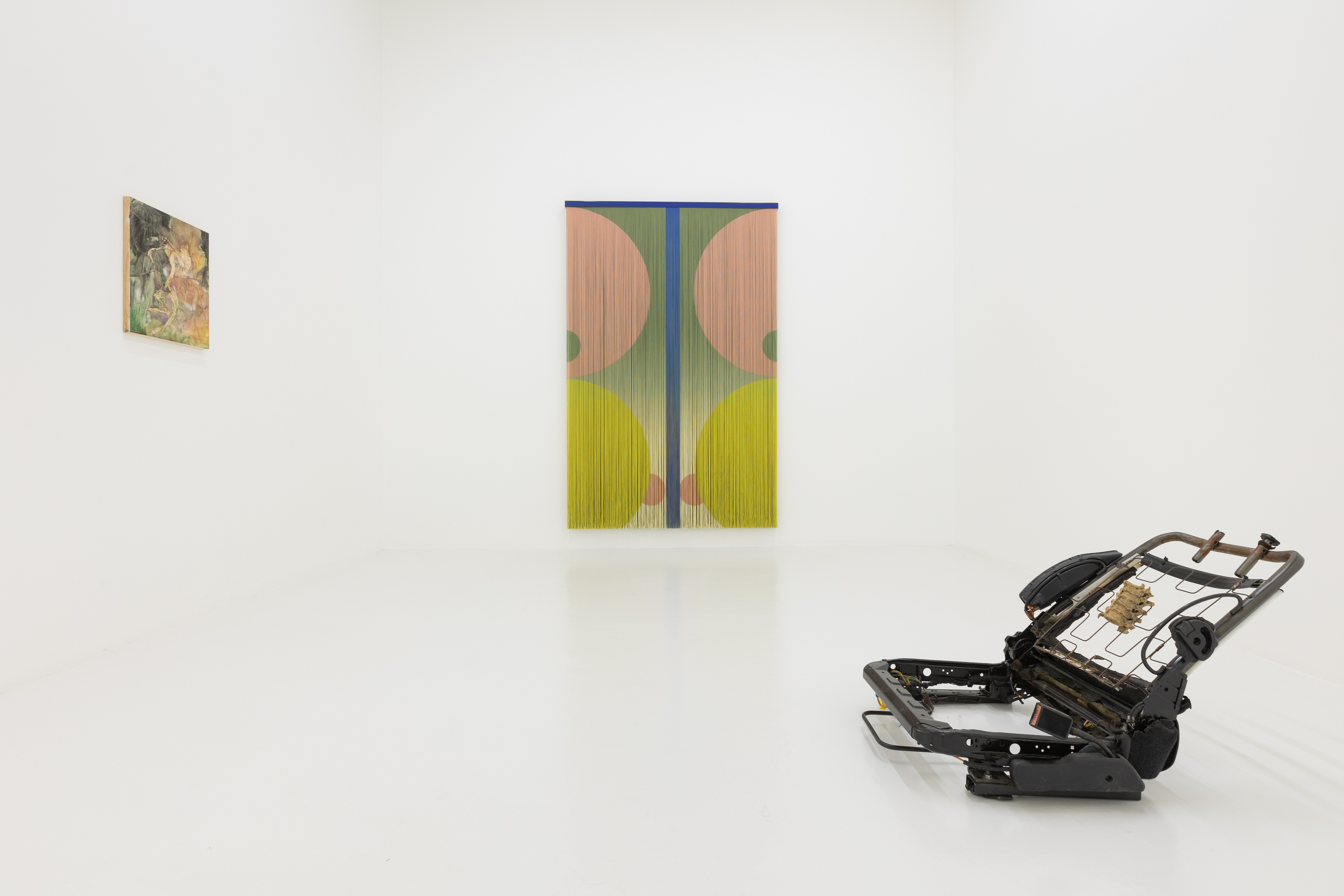
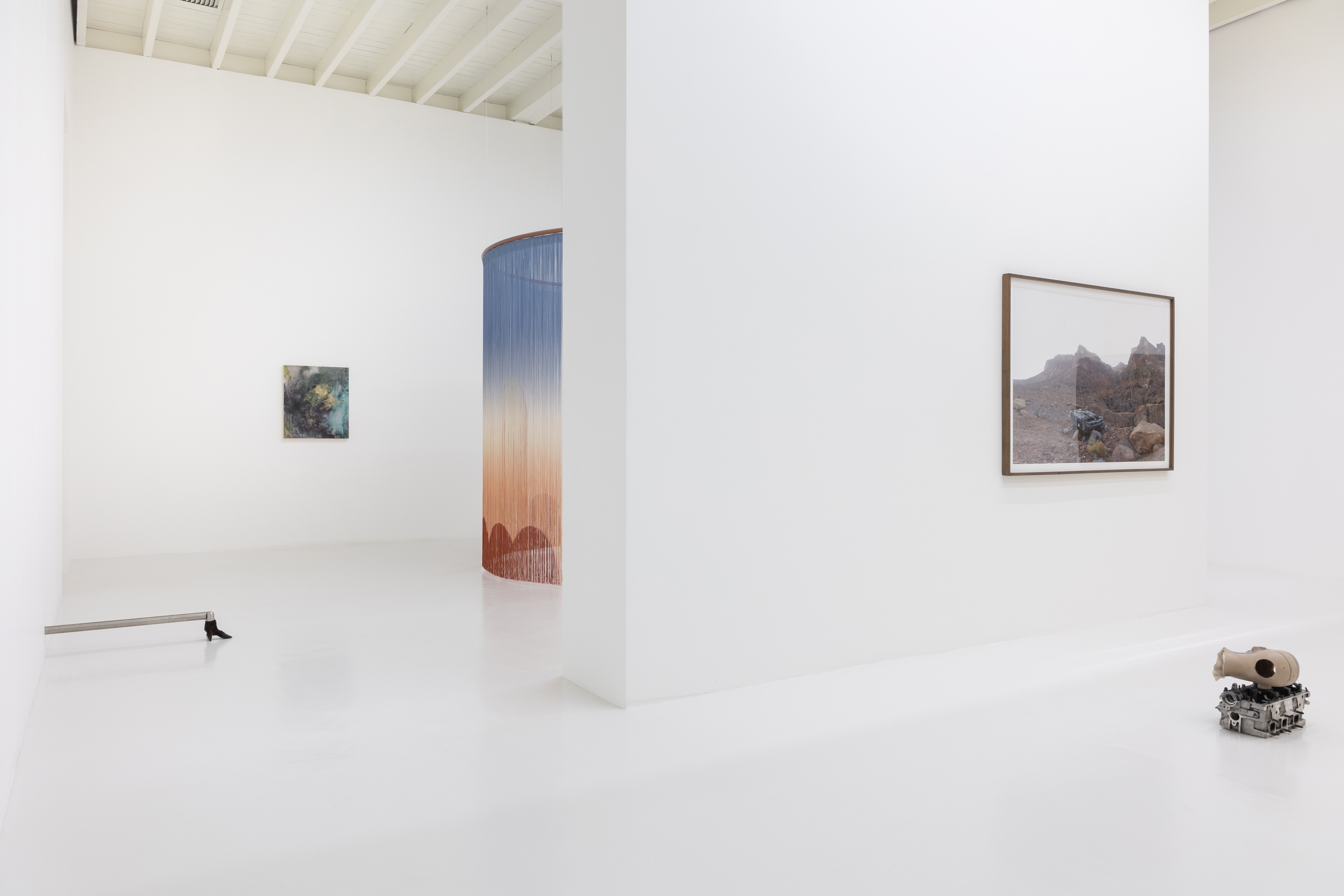
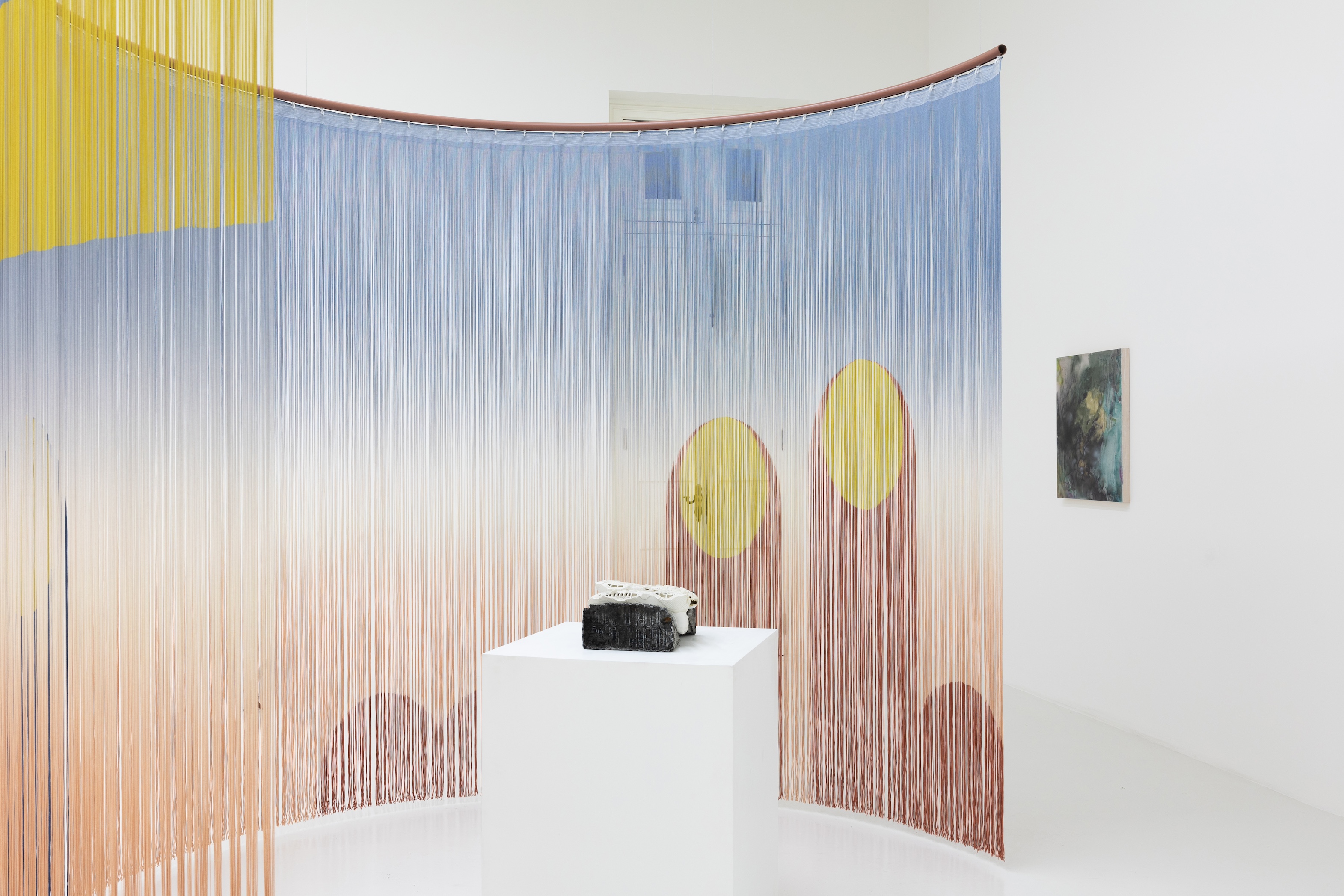

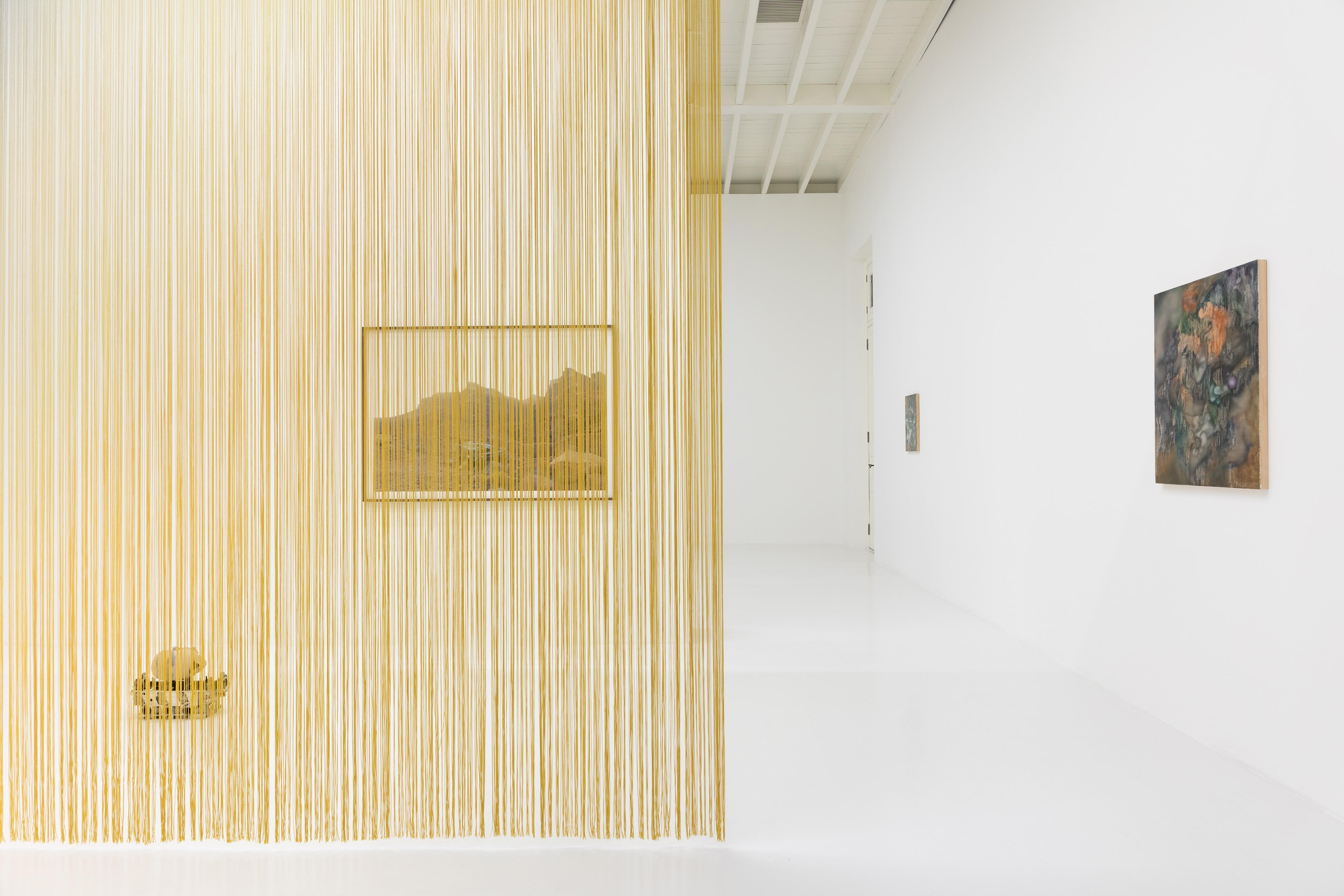
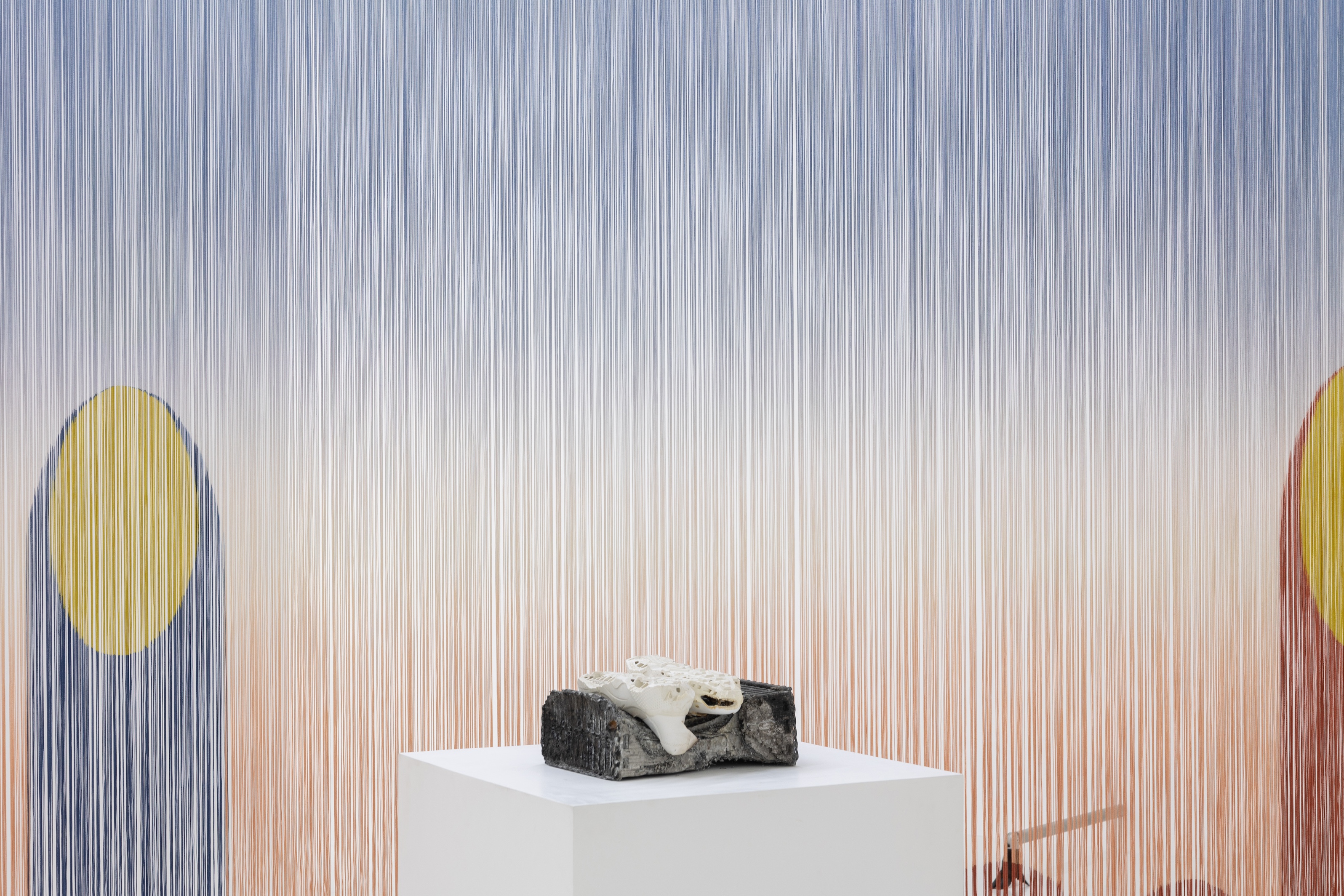
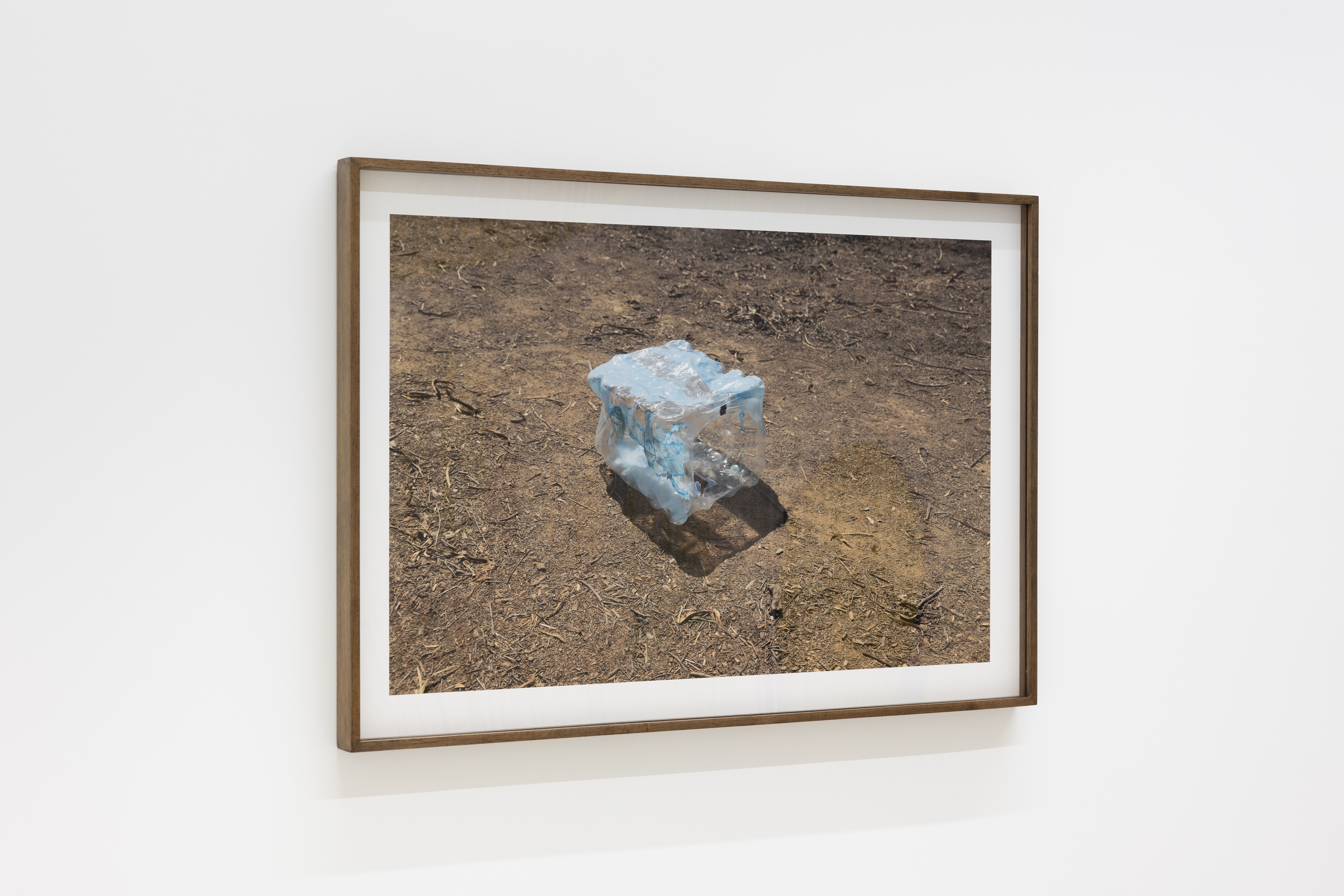
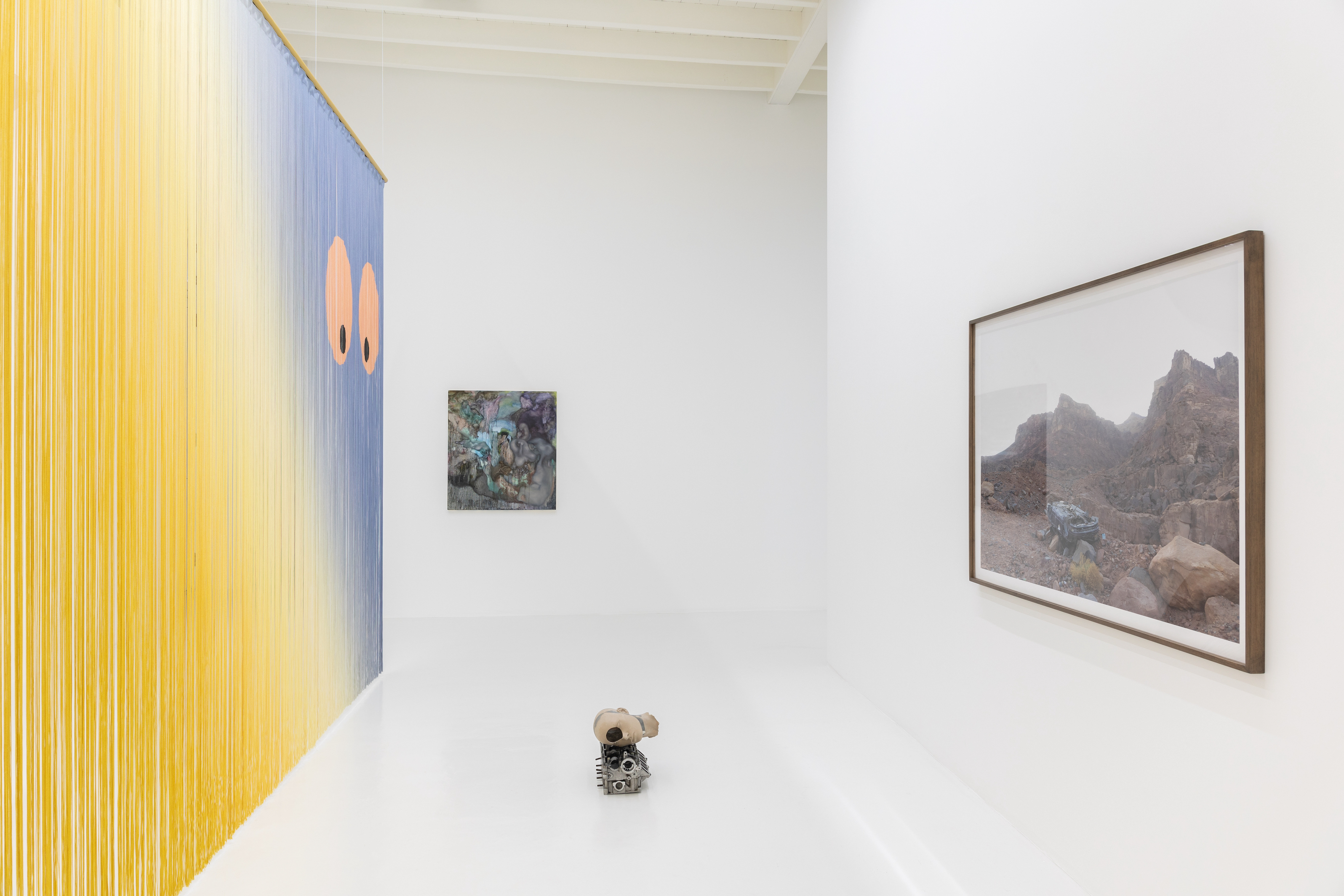
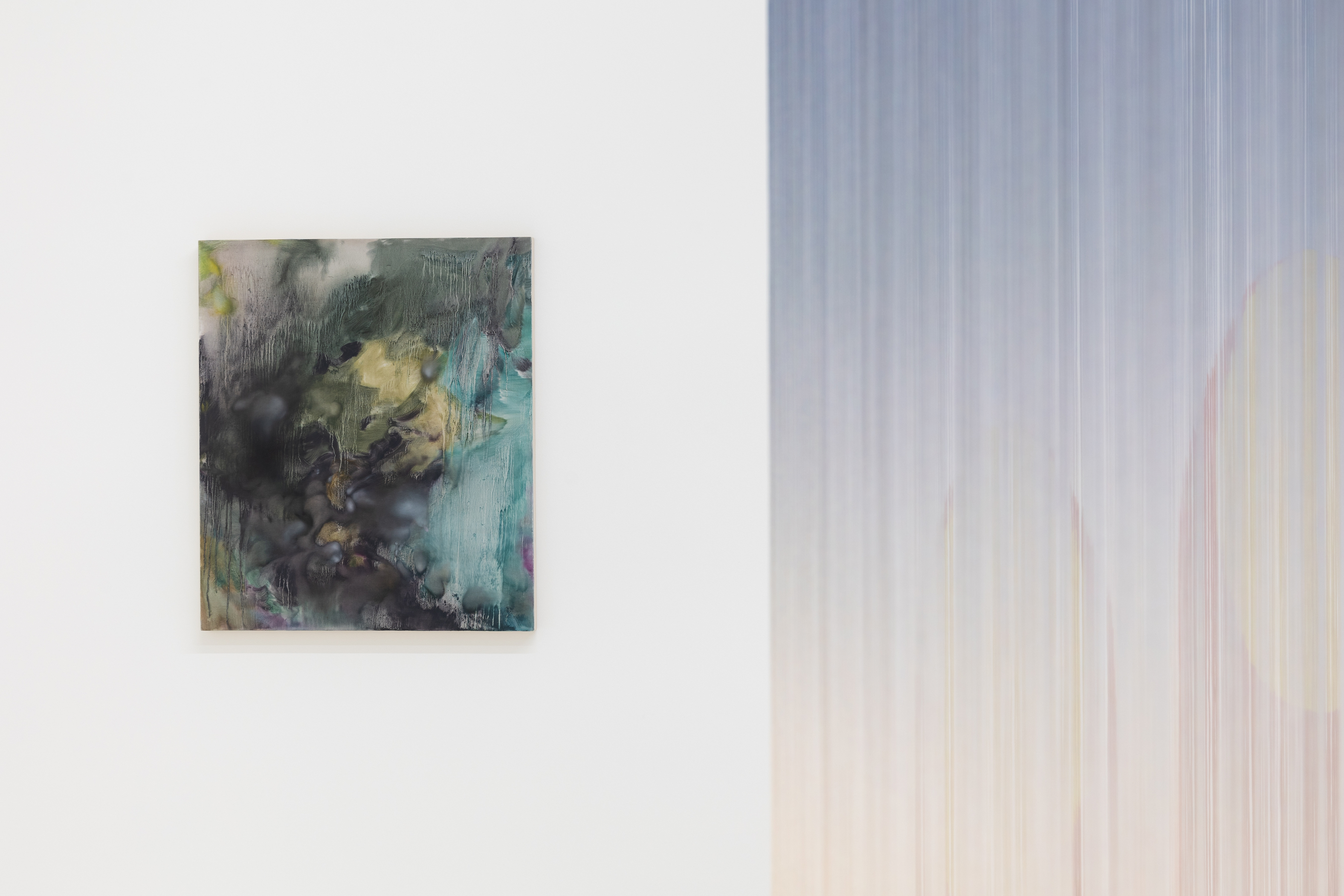
Press Release
Galería Gato Dissolves the Boundaries Between the Real and the Imagined with DAYTIME NIGHTTIME, Its New Group Exhibition The art gallery located in downtown Lima presents its second exhibition, featuring outstanding artists from Peru, Kyrgyzstan, and China. This new installment transforms the space into a meeting point between the material and the transient, inviting viewers to immerse themselves in an experience that shifts with every new gaze. Lima, March 2025. – Galería Gato bursts onto the Peruvian cultural scene with a groundbreaking curatorial approach and a vision that expands the boundaries of contemporary art. Starting on March 27, it opens the doors of its space in Lima’s Historic Center to present its second exhibition, DAYTIME NIGHTTIME. The show brings together three artists from different regions: Nicolas Lamas (Peru), Erika Hock (Kyrgyzstan), and Sihan Guo (China). Through diverse visual narratives, this group exhibition blurs the lines between reality and imagination, day and night, the constructed and the ephemeral. It unfolds as a dynamic space that constantly reinvents itself according to the viewer’s perception. Peruvian artist Nicolas Lamas, internationally recognized, merges the human, the animal, and the technological in both two-dimensional and three-dimensional works that evoke uncertainty between the real and the virtual. Erika Hock explores the relationship between architecture and imagination through spatial structures that invite interaction. Meanwhile, Sihan Guo plays with the ambiguity between abstraction and figuration, challenging viewers to navigate between form and interpretation. "More than an exhibition space, Galería Gato is a territory of friction, duality, and multiplicity, where art generates questions, sparks unexpected encounters, and breaks with conventions. At Gato, every exhibition is an interactive encounter. We aim for dialogues where disparate voices coexist without losing their autonomy," says Axier Villanueva, the gallery’s director. With a program that combines established and mid-career artists, the gallery refuses to fit into a single definition. Instead, it seeks to establish itself as a key player in the contemporary art scene and carve out a space in the international circuit. DAYTIME NIGHTTIME is an invitation to question fixed notions of space, time, and form, revealing how art, like Gato itself, refuses to settle, constantly transforming and open to new interpretations. The exhibition will be open until May 23. CURATORIAL TEXT Daylight is a realm of the fleeting, where structures appear only to disappear, and reality asserts itself in brief moments of clarity before fading away. The Night, on the other hand, is expansive—fluid, speculative, an architecture of the imagination where forms dissolve and reassemble endlessly. This exhibition exists in the space between these states, where perception shifts between certainty and dissolution, where, as Donna Haraway writes, “the boundary between science fiction and social reality is an optical illusion.” Spatial and conceptual thresholds are constantly shifting—not fixed, but in motion, between what is and what could be, between the ephemeral and the eternal, the constructed and the imagined. It’s a choreography of perception, an unfolding landscape of encounters where narrative is not fixed but continually redefined. As Roland Barthes reminds us, “Narrative is never simply a series of events; it is a way of seeing the world.” We are constantly reimagining, moving between the frameworks of perception and the endless possibilities of speculative thought. This exhibition is a dynamic exploration of spatial and conceptual narratives, led by Erika Hock, an artist from Kyrgyzstan whose work probes the relationship between architecture and imagination. Her spatial constructs do more than define or divide; they act as performative interventions -guiding movement, creating narratives, capturing fleeting moments, and emphasizing the act of walking. There’s no linear progression here; instead, the exhibition offers an open-ended space where narrative possibilities unfold based on the viewer’s experience. In the work of Nicolas Lamas, corporeality is deconstructed and reformed through machinic assemblages. His photographic interventions destabilize what we know, pulling the viewer into a dystopian world where the boundaries between human, animal, and cyborg blur. Figures gradually appear, creating a tension between presence and absence, materiality and spectrality, actuality and virtuality. Sihan Guo, in contrast, embraces the mistake as a necessary part of her process. As an abstract painter who paradoxically incorporates figuration, Guo plays with ambiguity, drawing viewers between abstraction and narrative. The exhibition doesn’t enforce a fixed discourse; instead, it encourages an open-ended exploration, highlighting the balance between structure and uncertainty, proposition and interpretation, closure and potential. Zé Ortigão
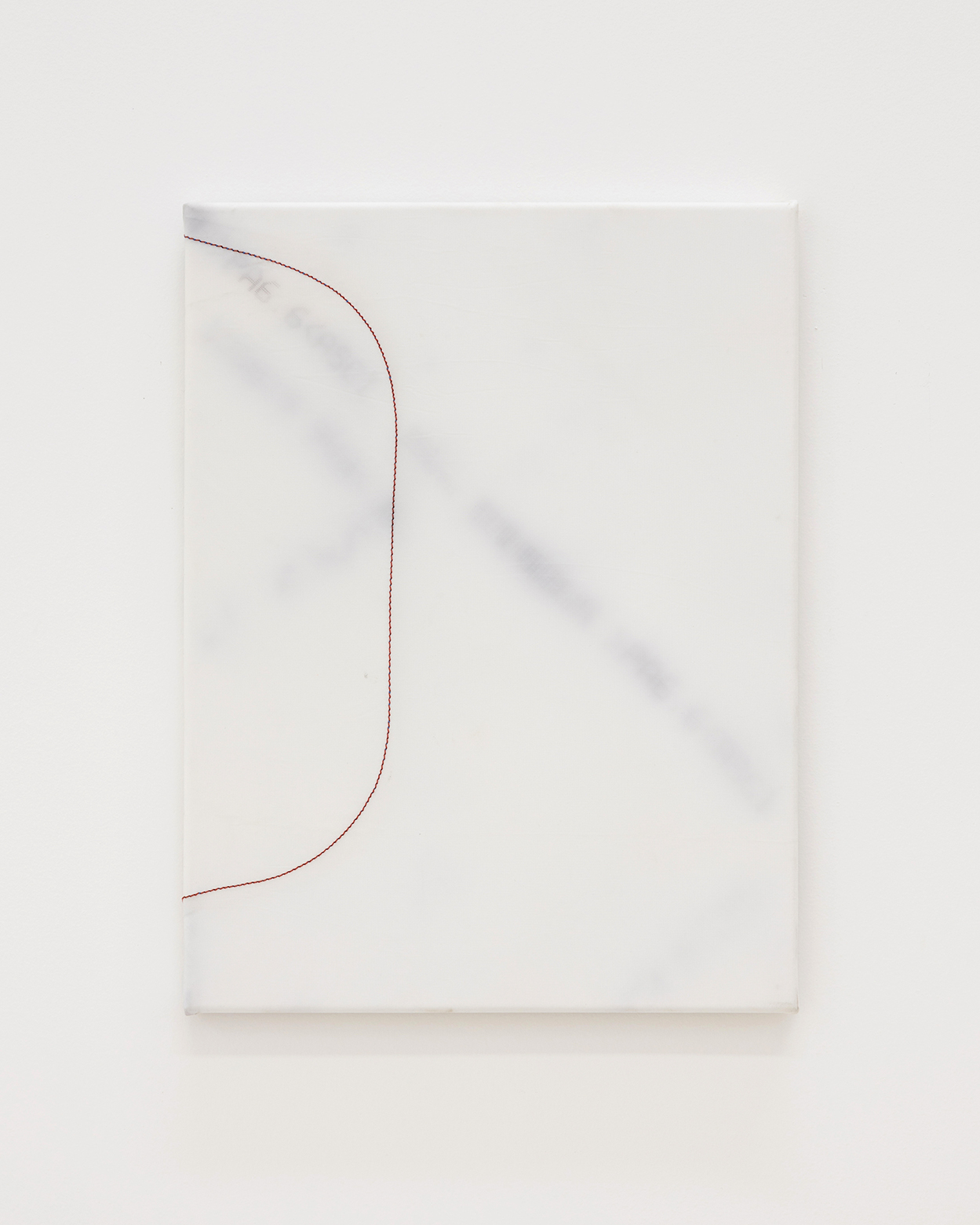 "Impact zone"
"Impact zone"
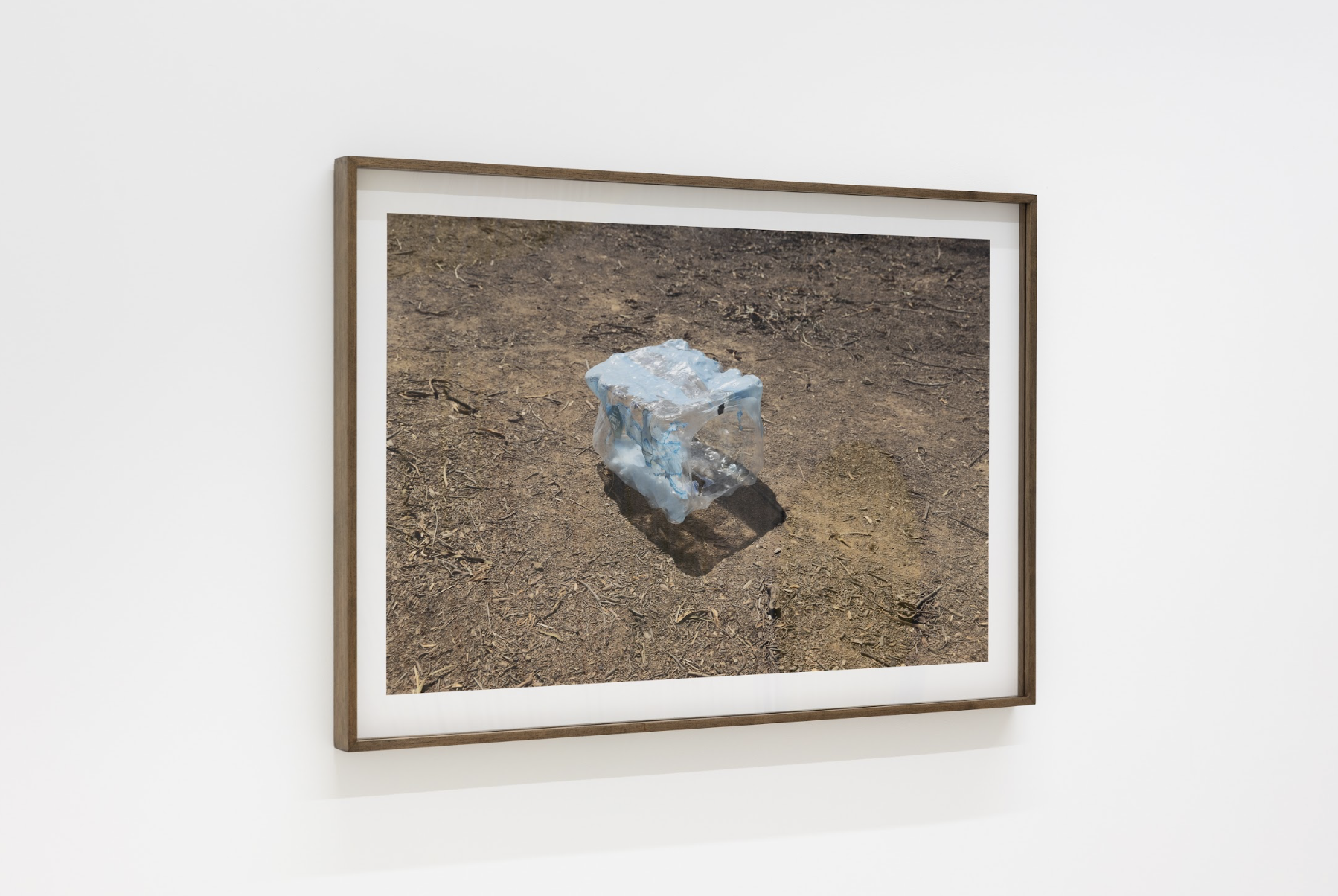 "Dried body"
"Dried body"
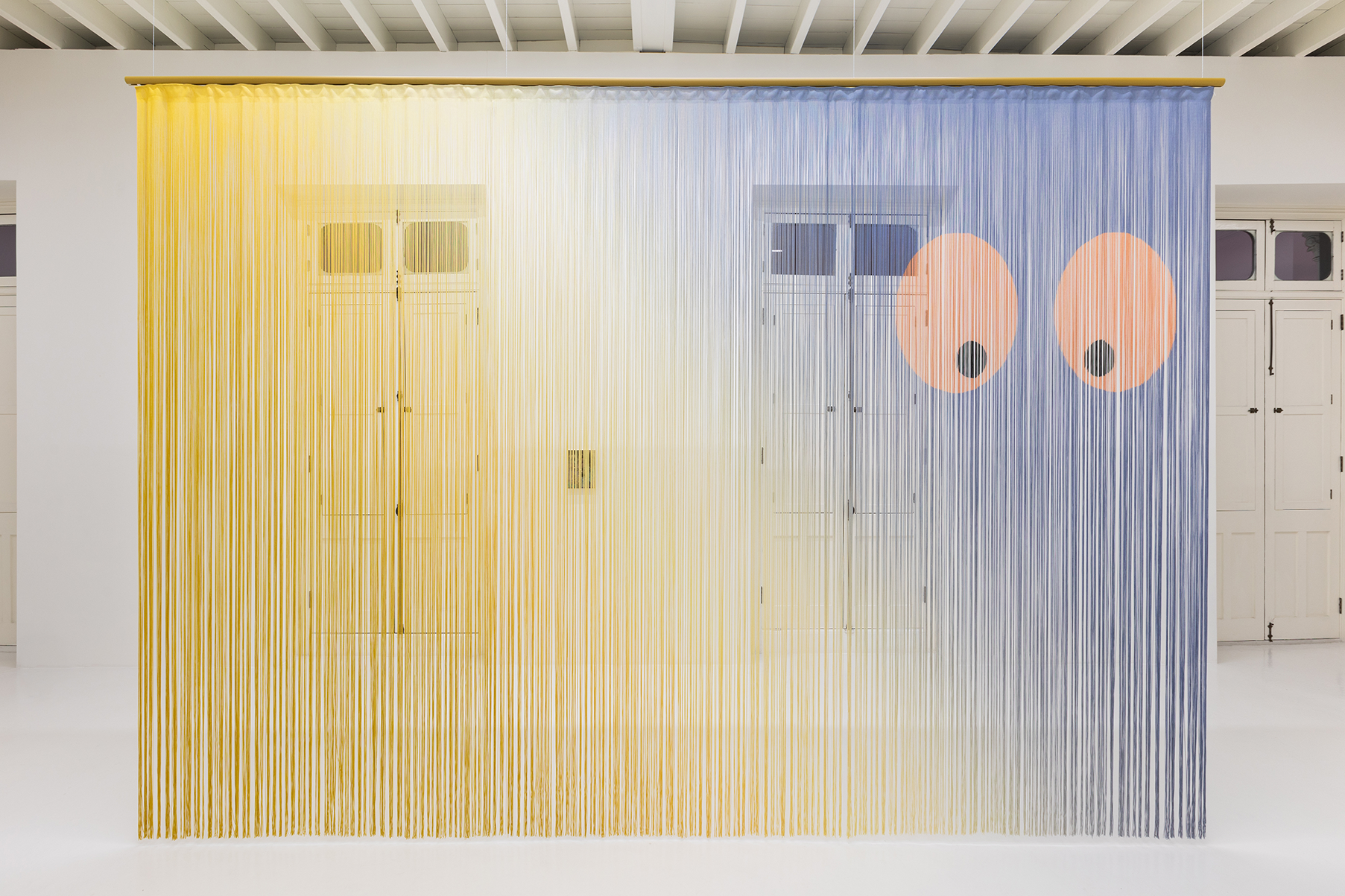 Untitled (eyes on yellow blue)
Untitled (eyes on yellow blue)
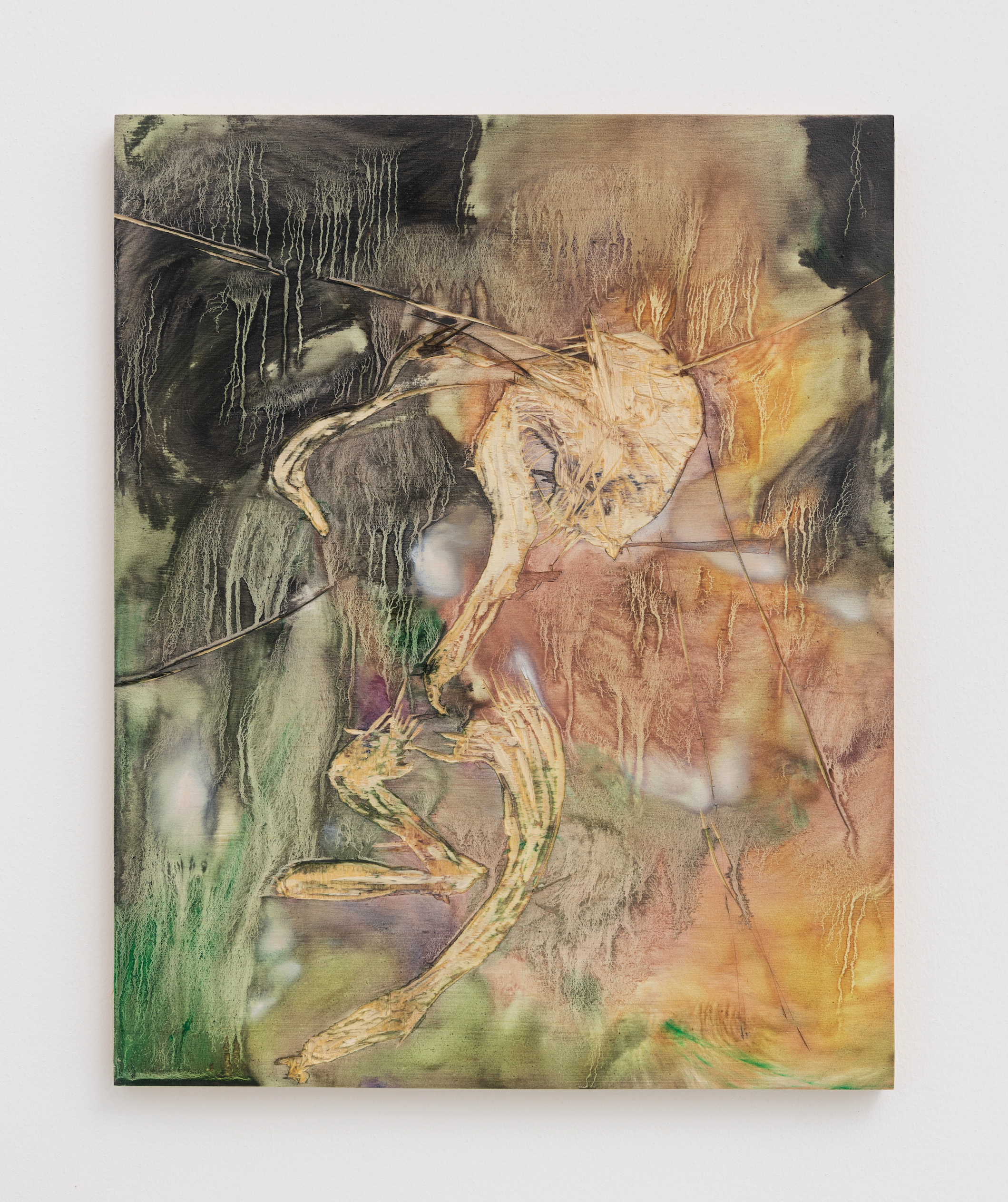 Untitled
Untitled
 "Interior Landscape and Falls 4"
"Interior Landscape and Falls 4"
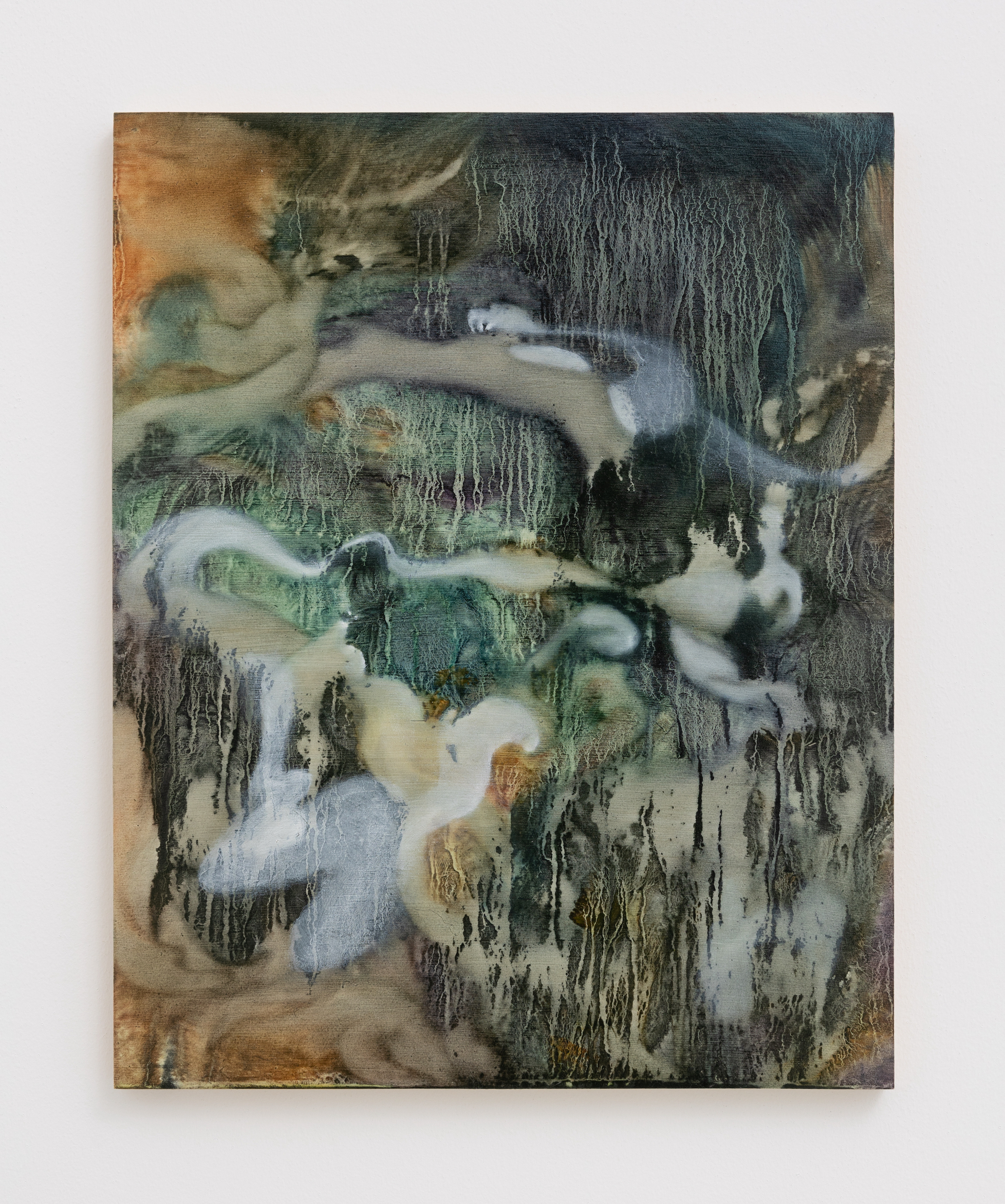 Untitled
Untitled
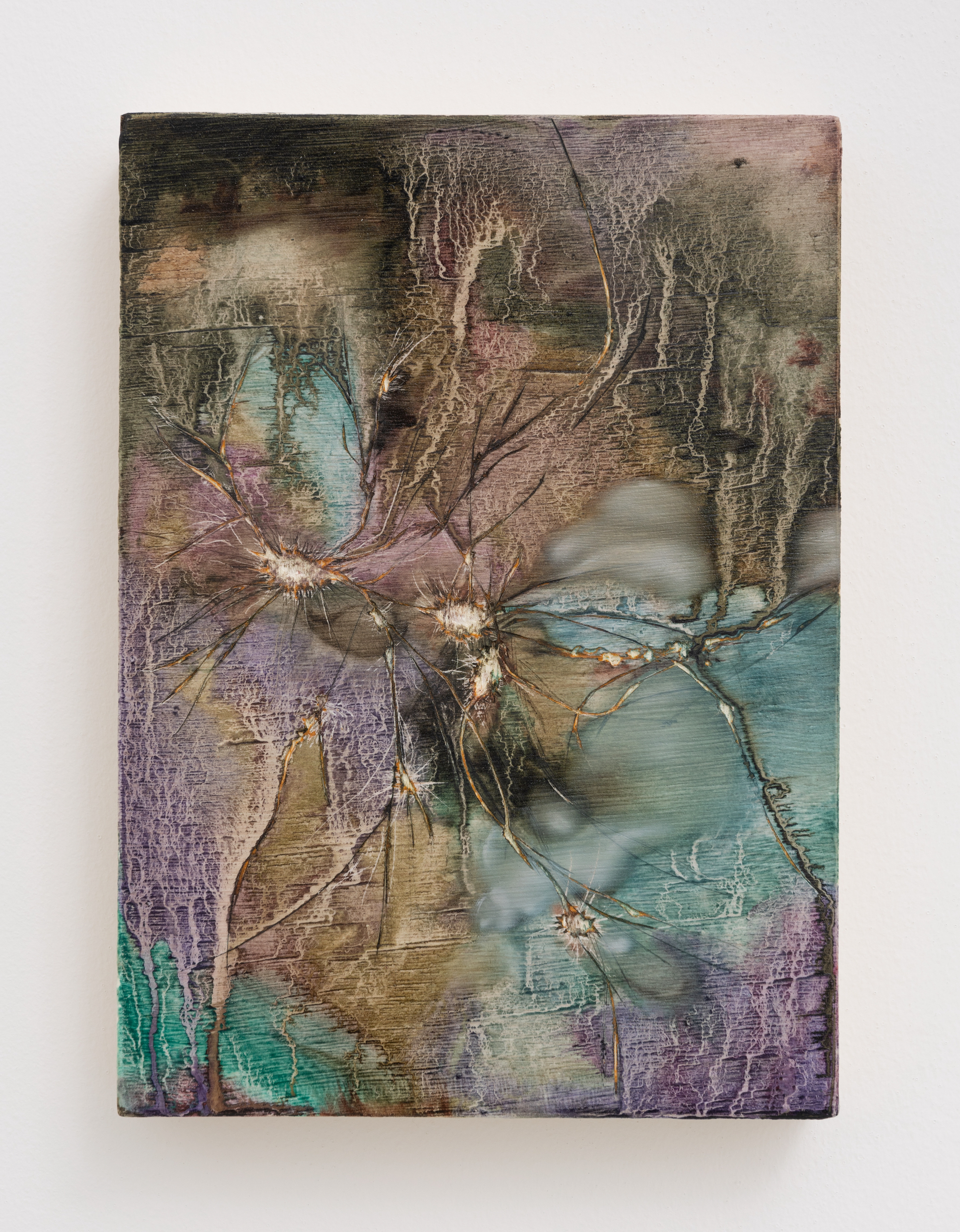 "Interior Landscape and Falls 5"
"Interior Landscape and Falls 5"
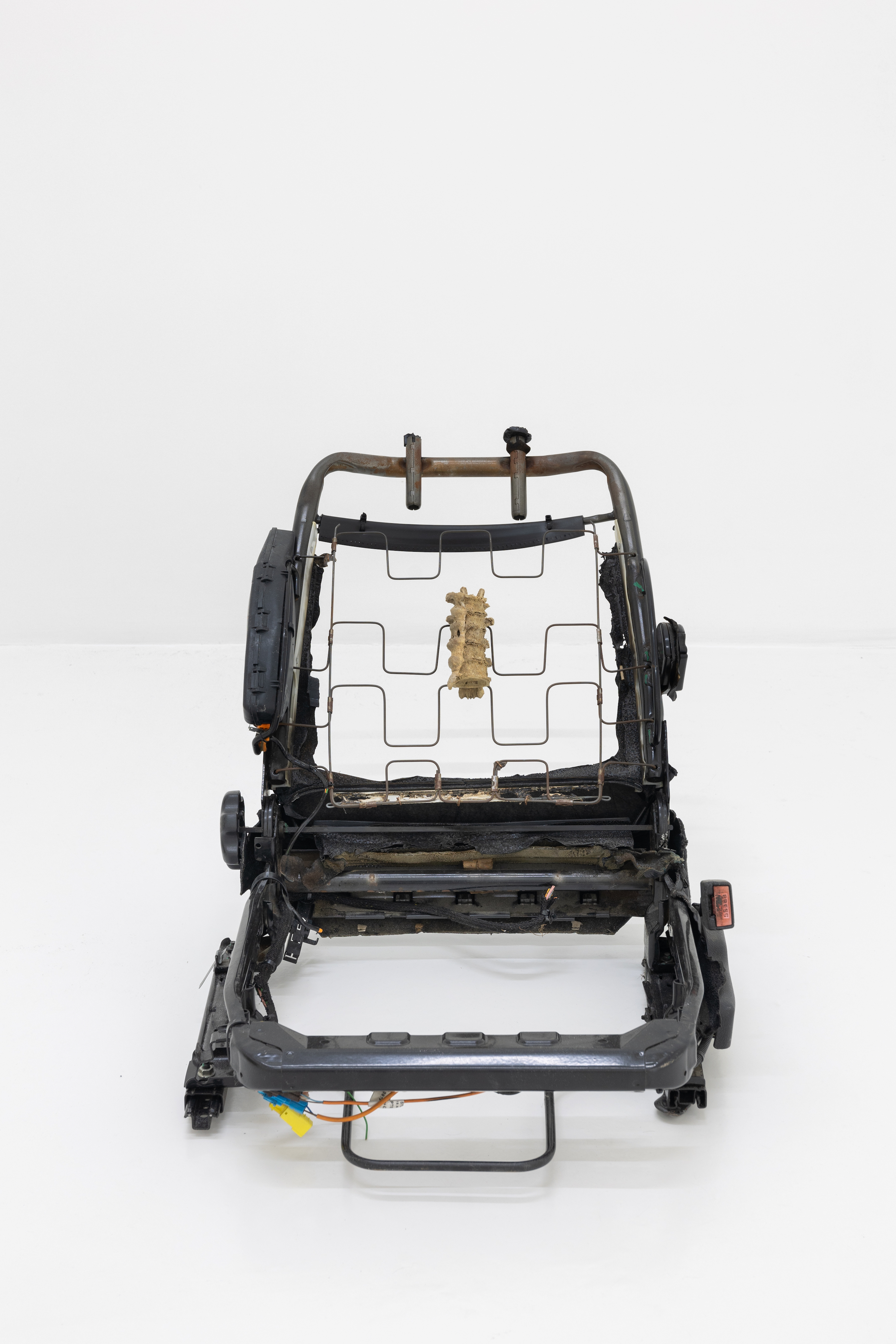 "Loss of motion"
"Loss of motion"
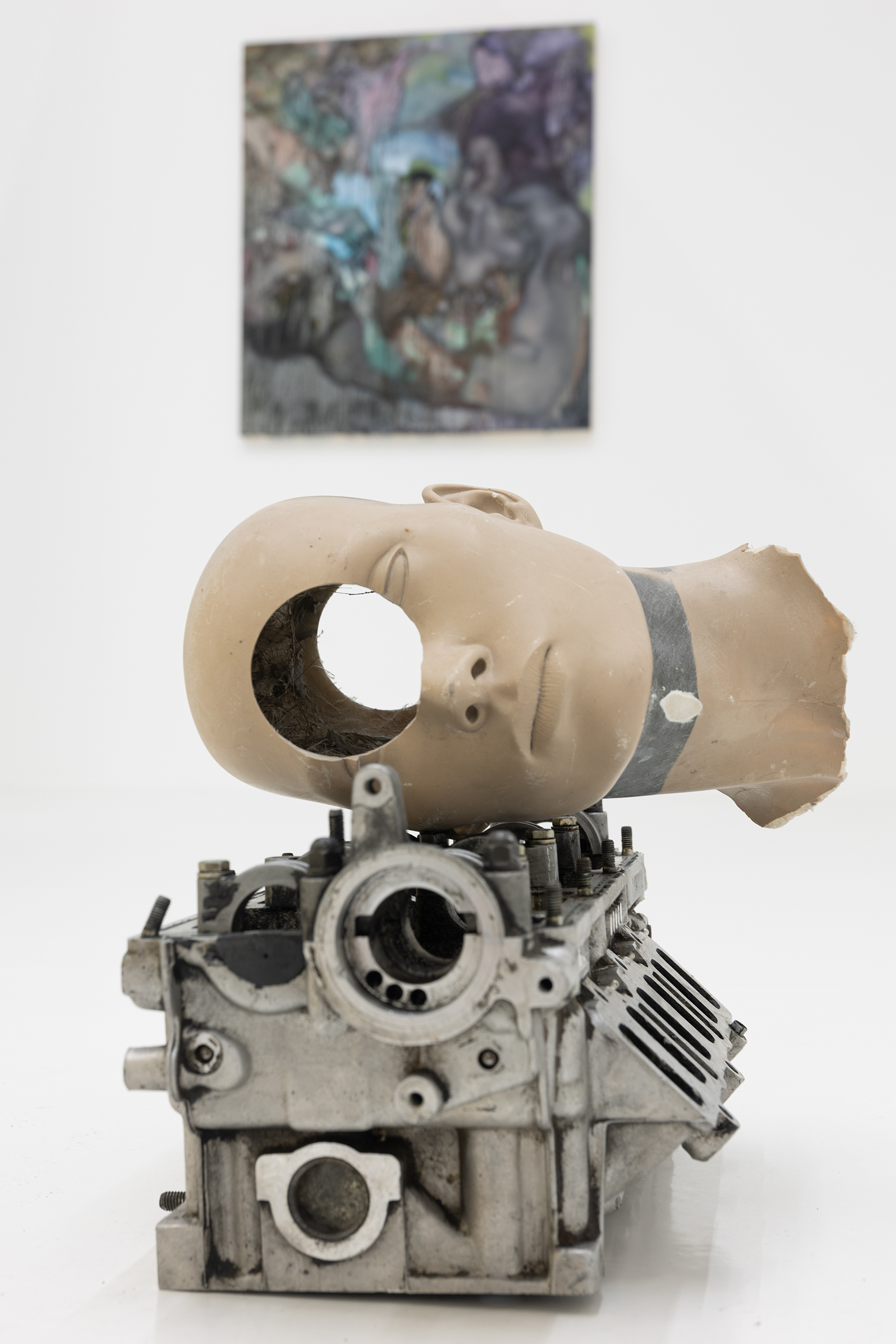 "Cyclops"
"Cyclops"
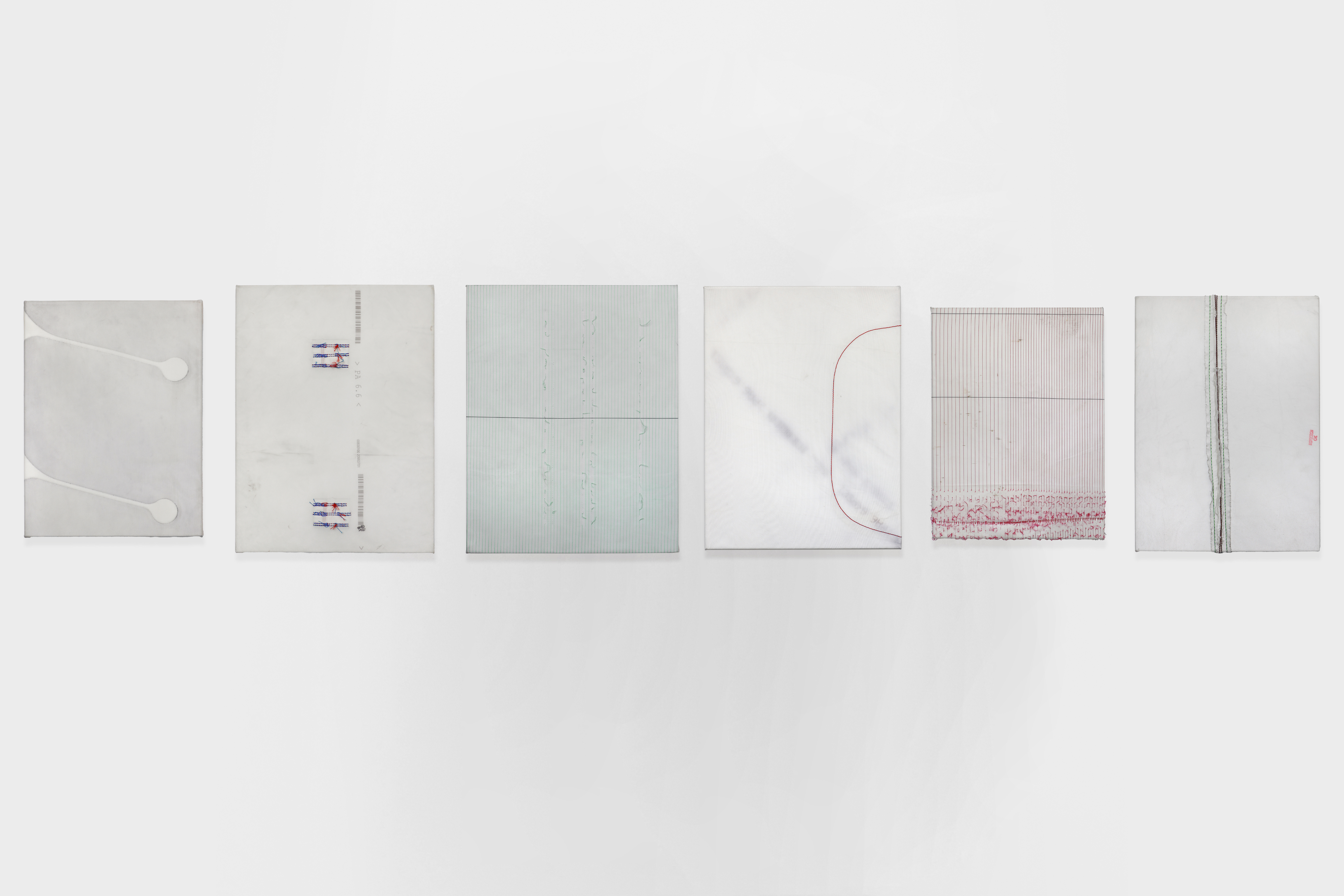
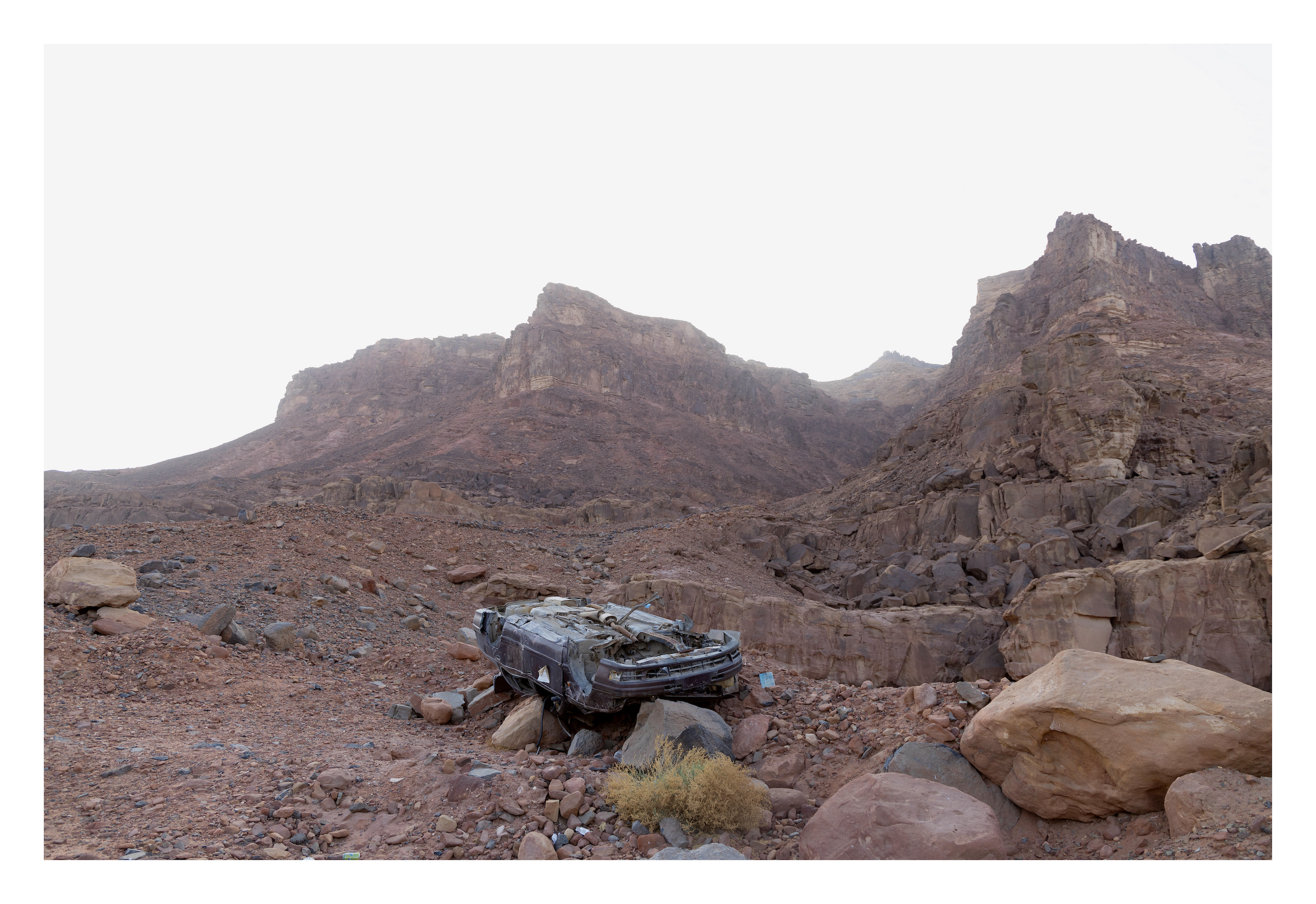 "Whale"
"Whale"
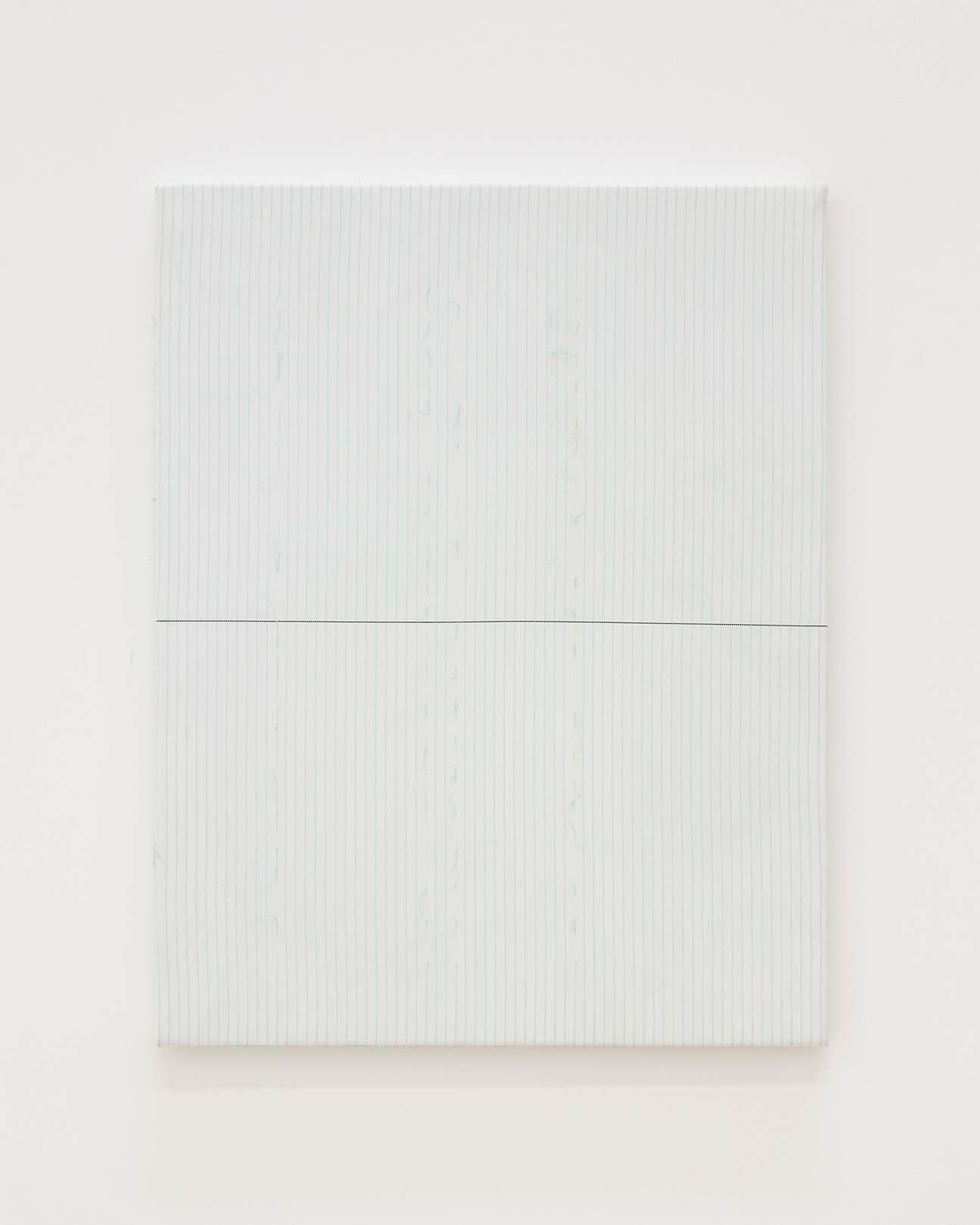 "Impact zone"
"Impact zone"
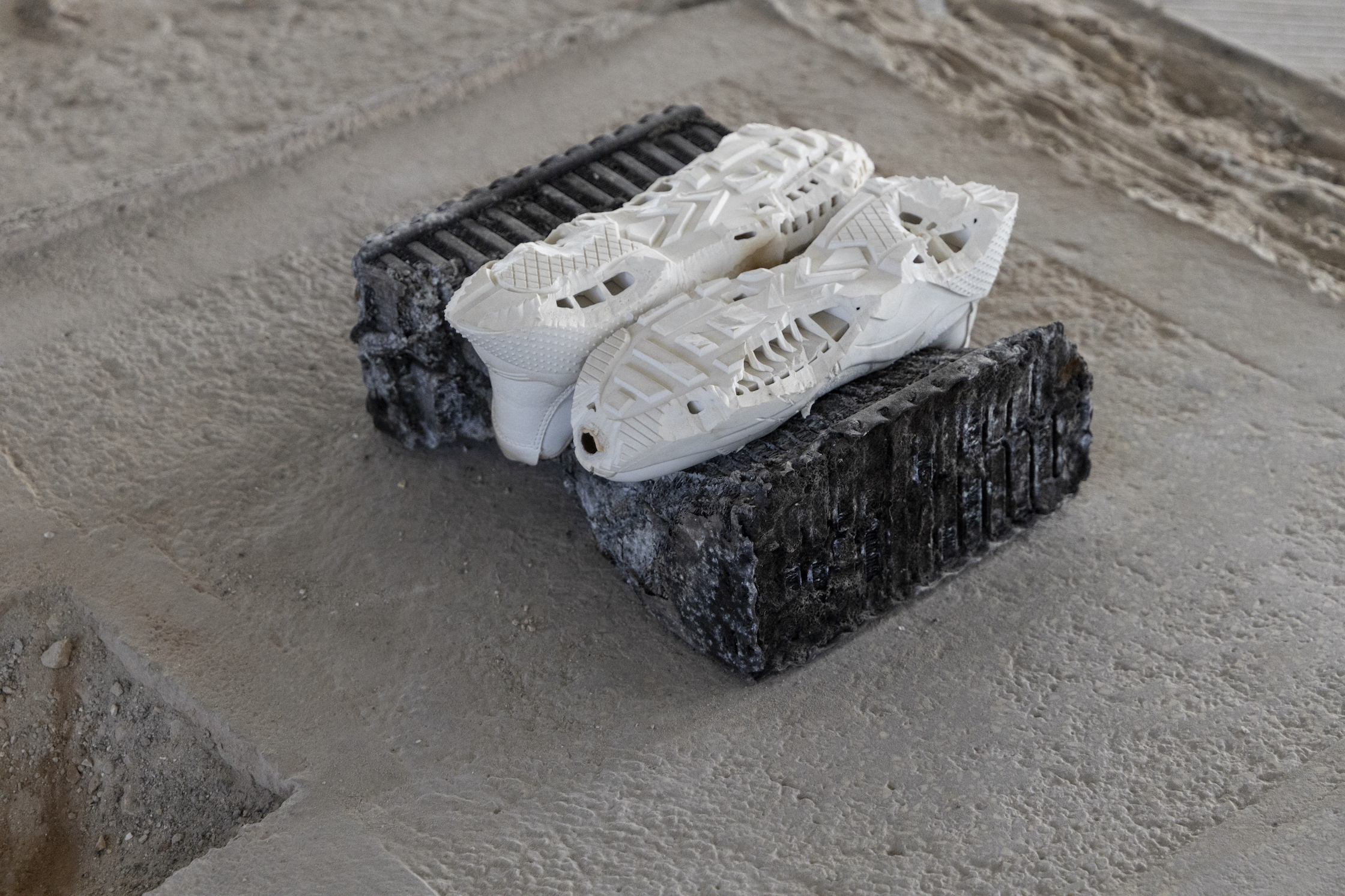 "Before disappearing"
"Before disappearing"
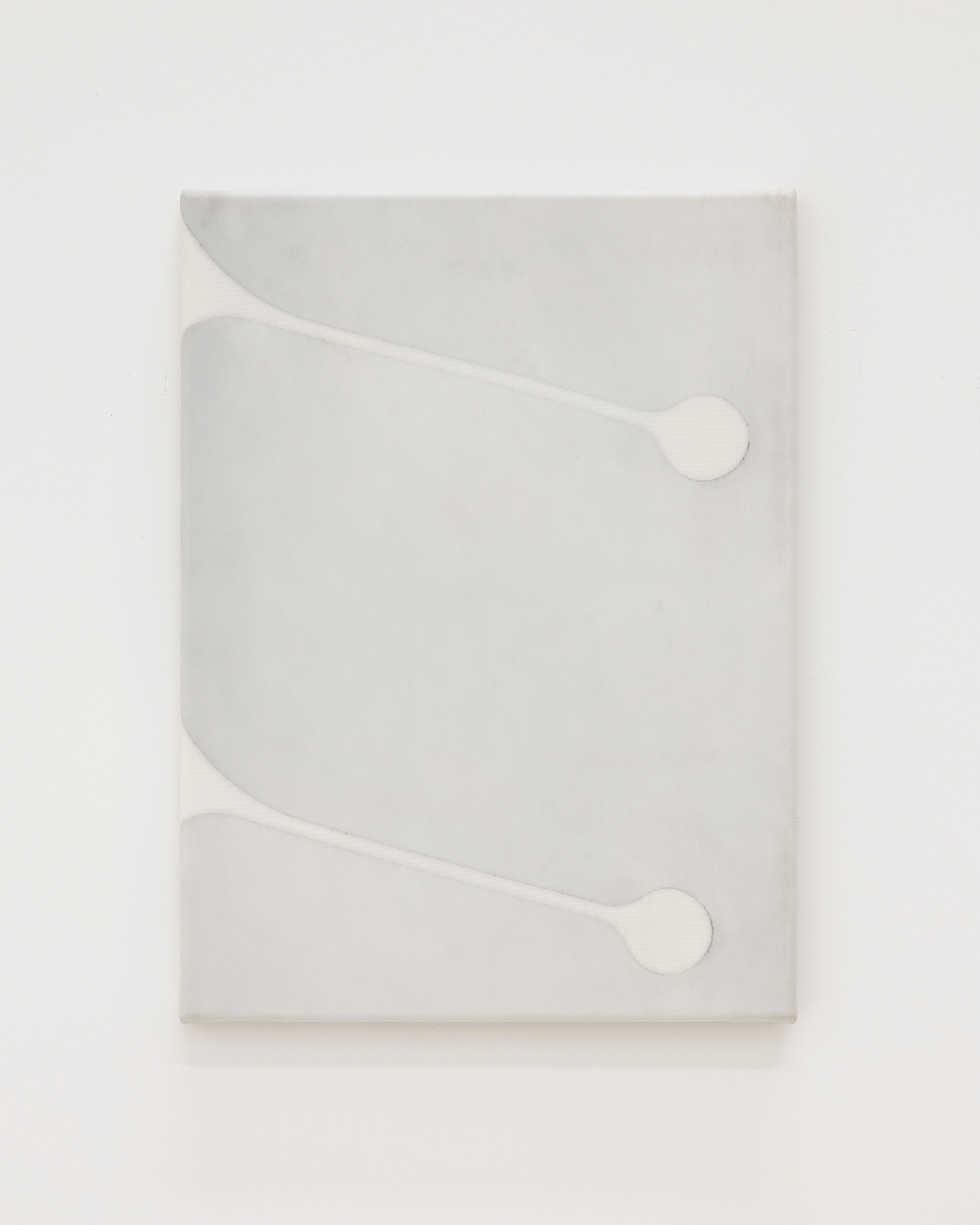 "Impact zone"
"Impact zone"
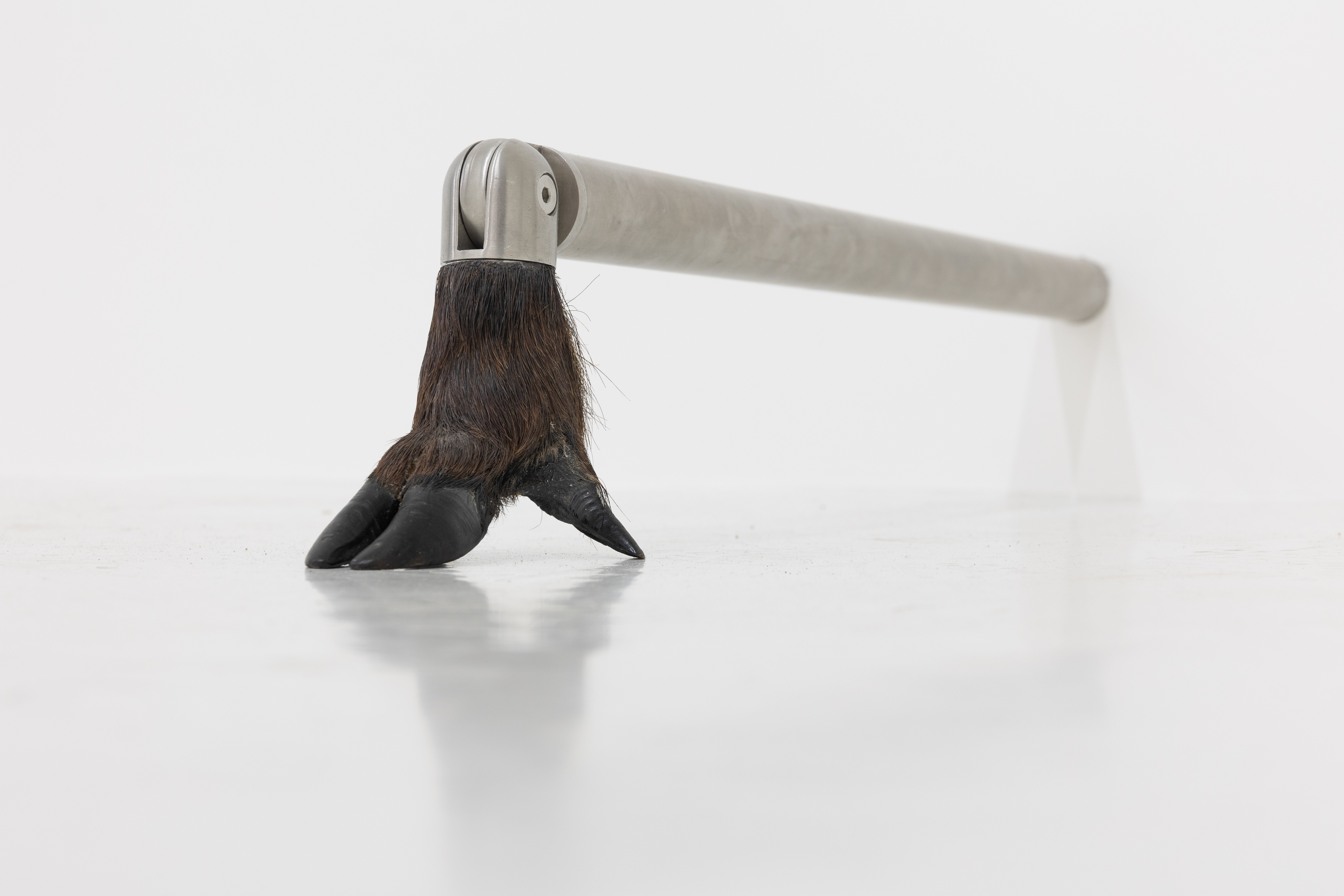 "Extended limbs"
"Extended limbs"
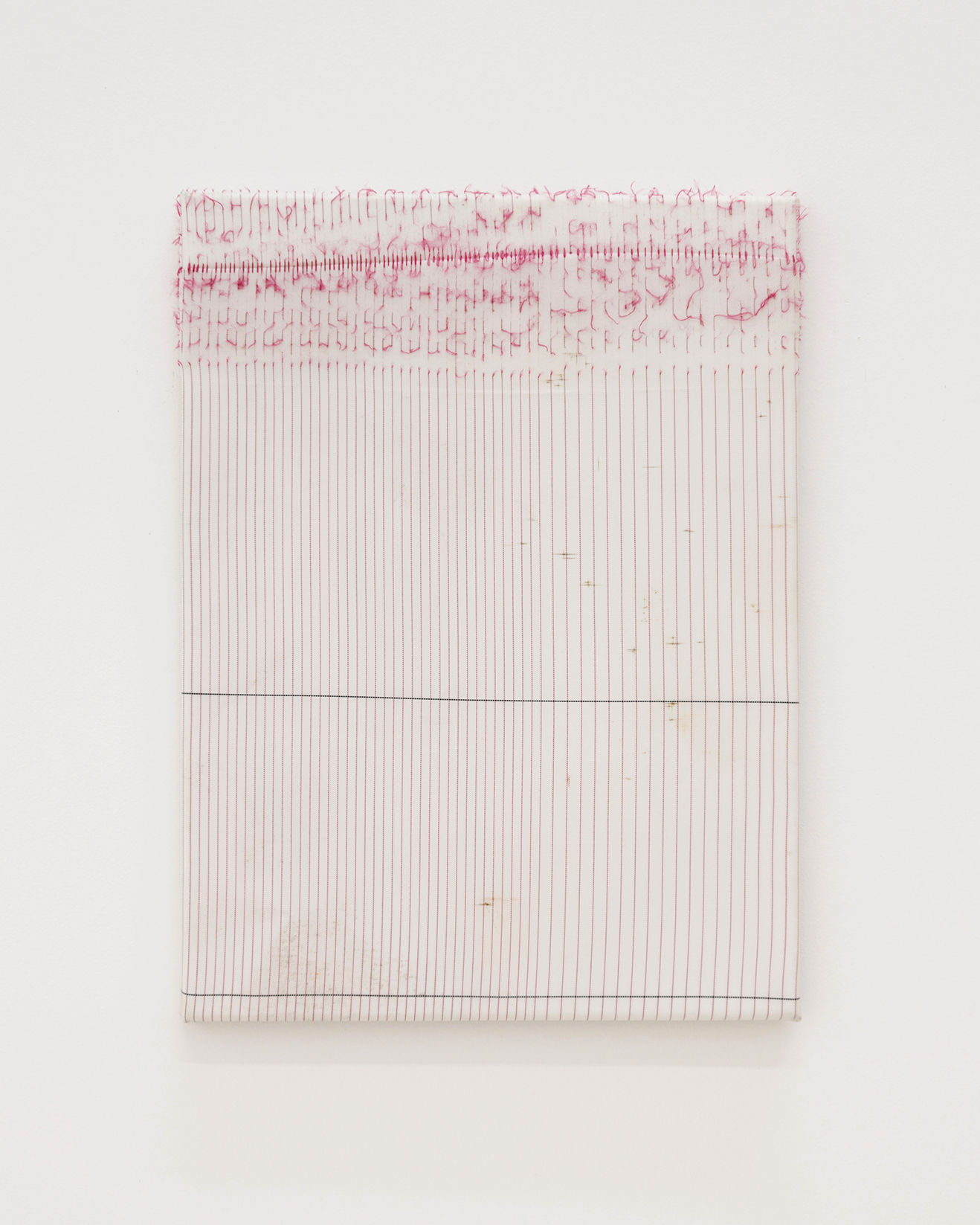 "Impact zone"
"Impact zone"
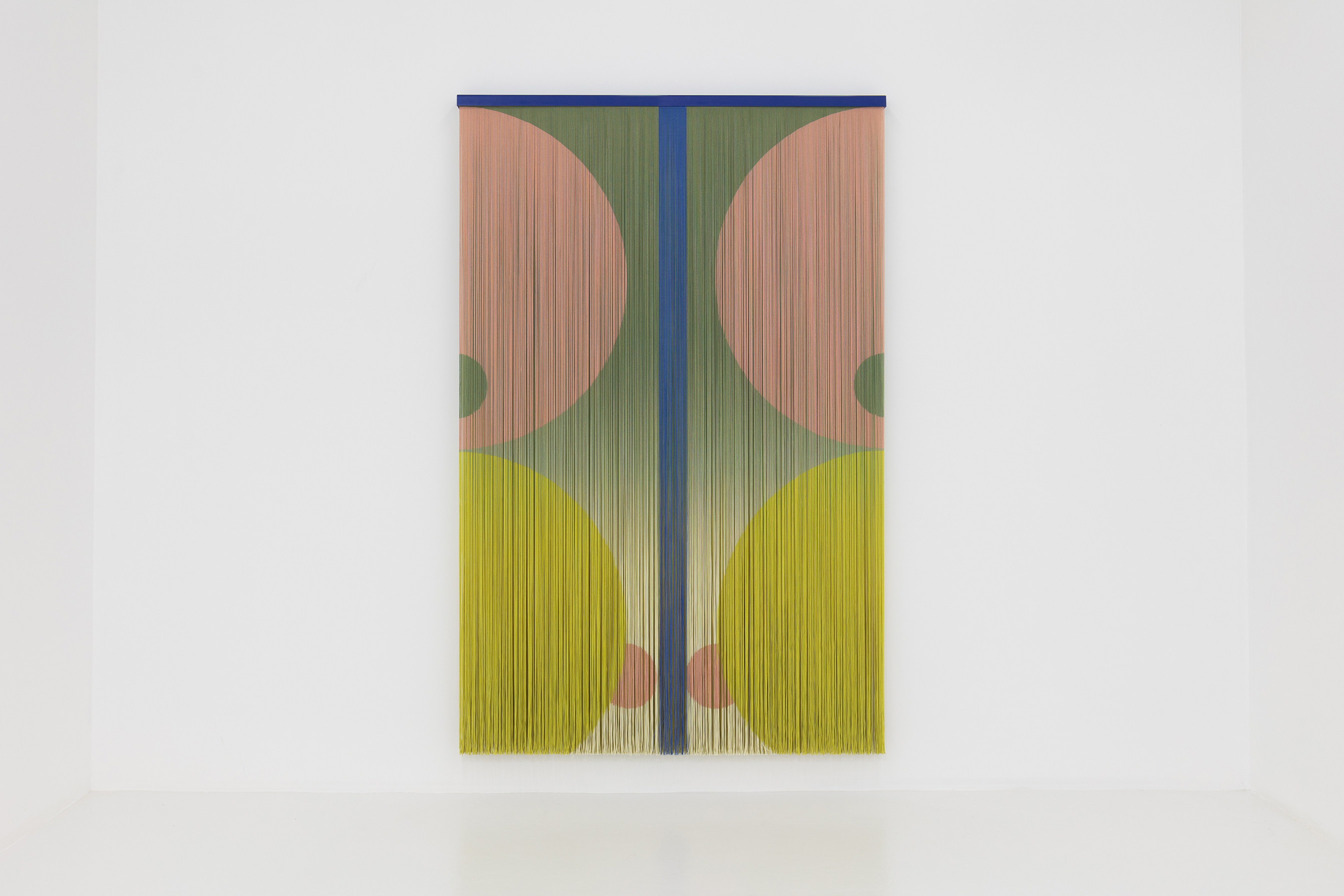 Untitled
Untitled
 Interior Landscape and Falls 7
Interior Landscape and Falls 7
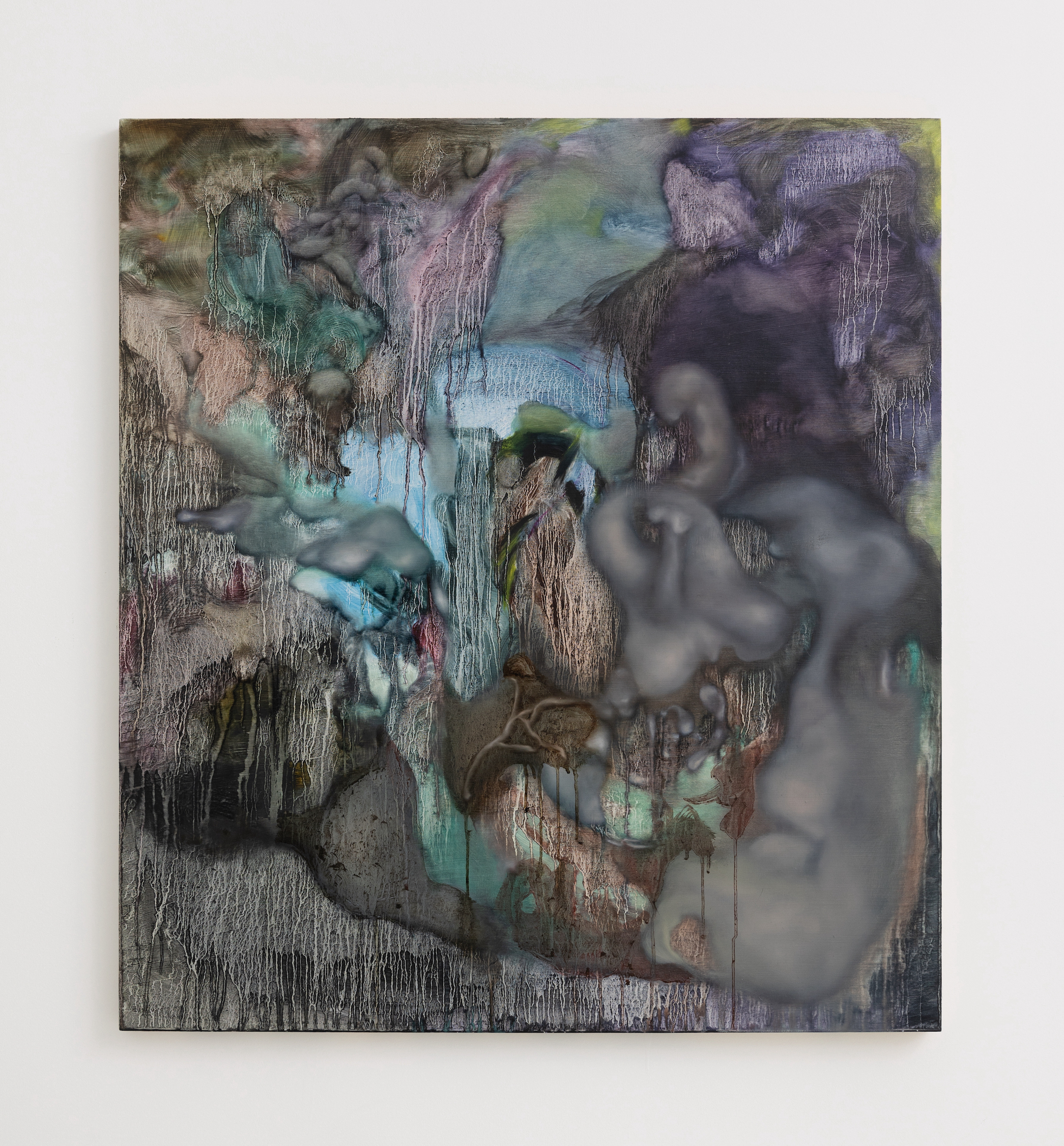 "Interior Landscape and Falls 6"
"Interior Landscape and Falls 6"
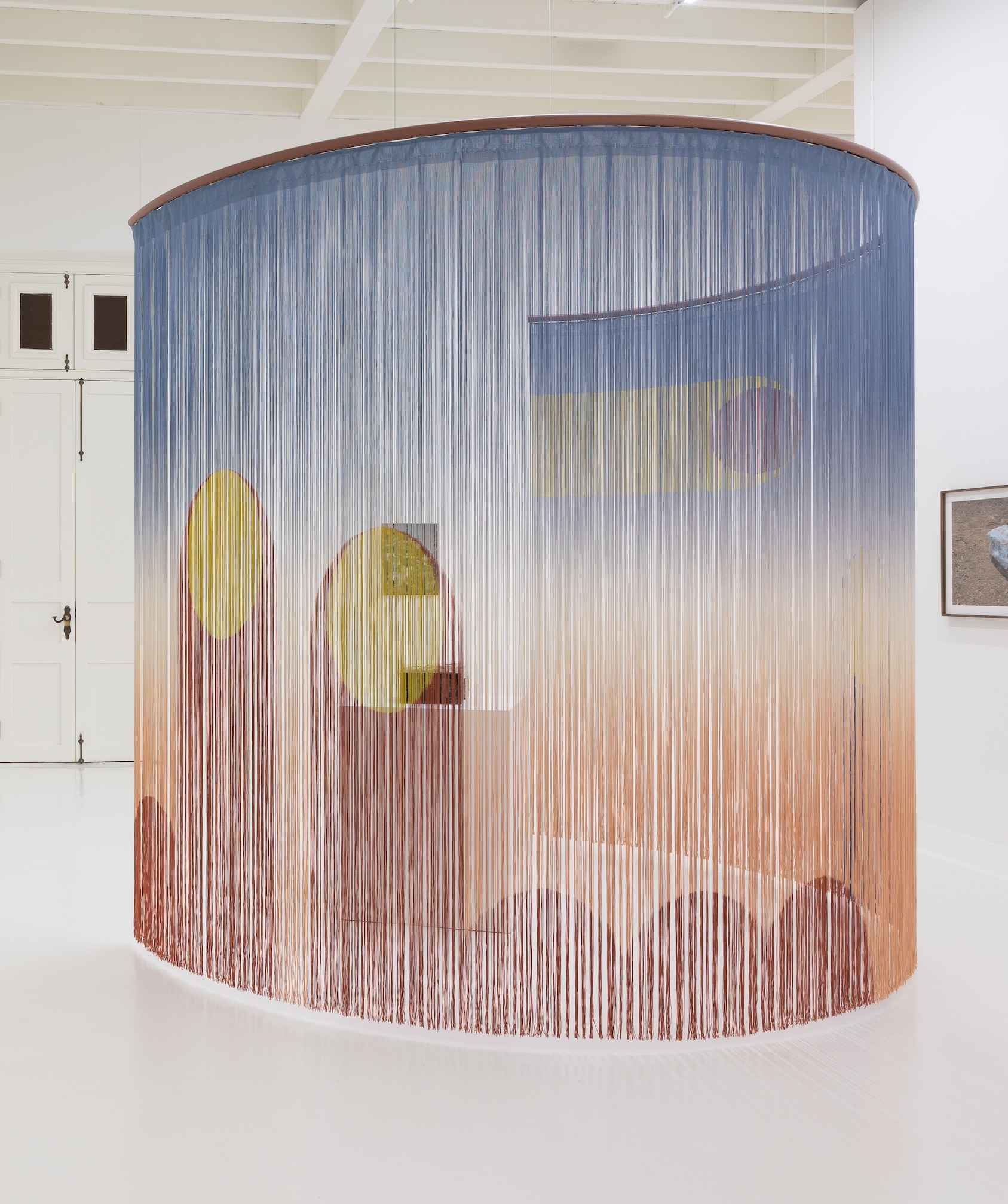 Untitled (fingers)
Untitled (fingers)